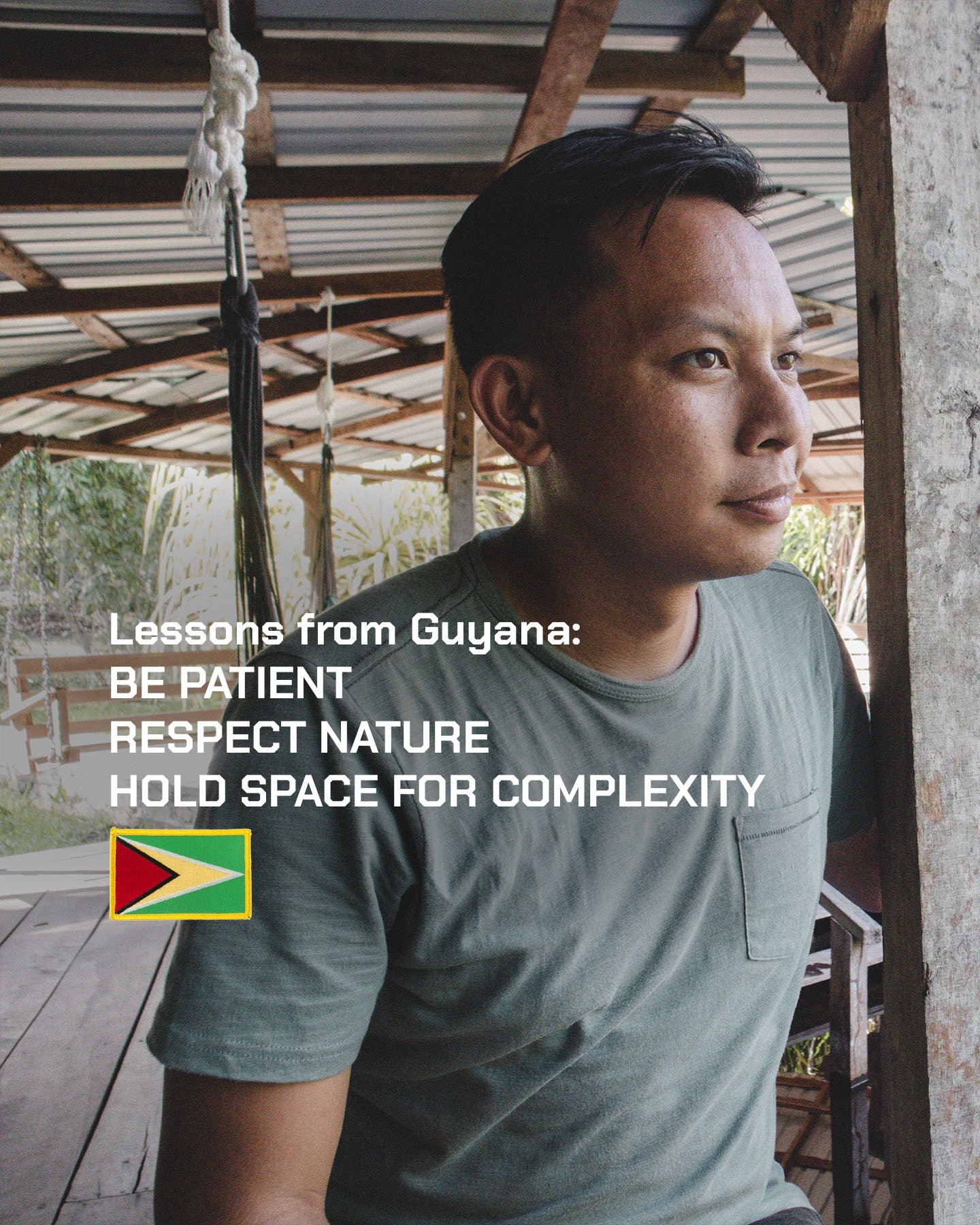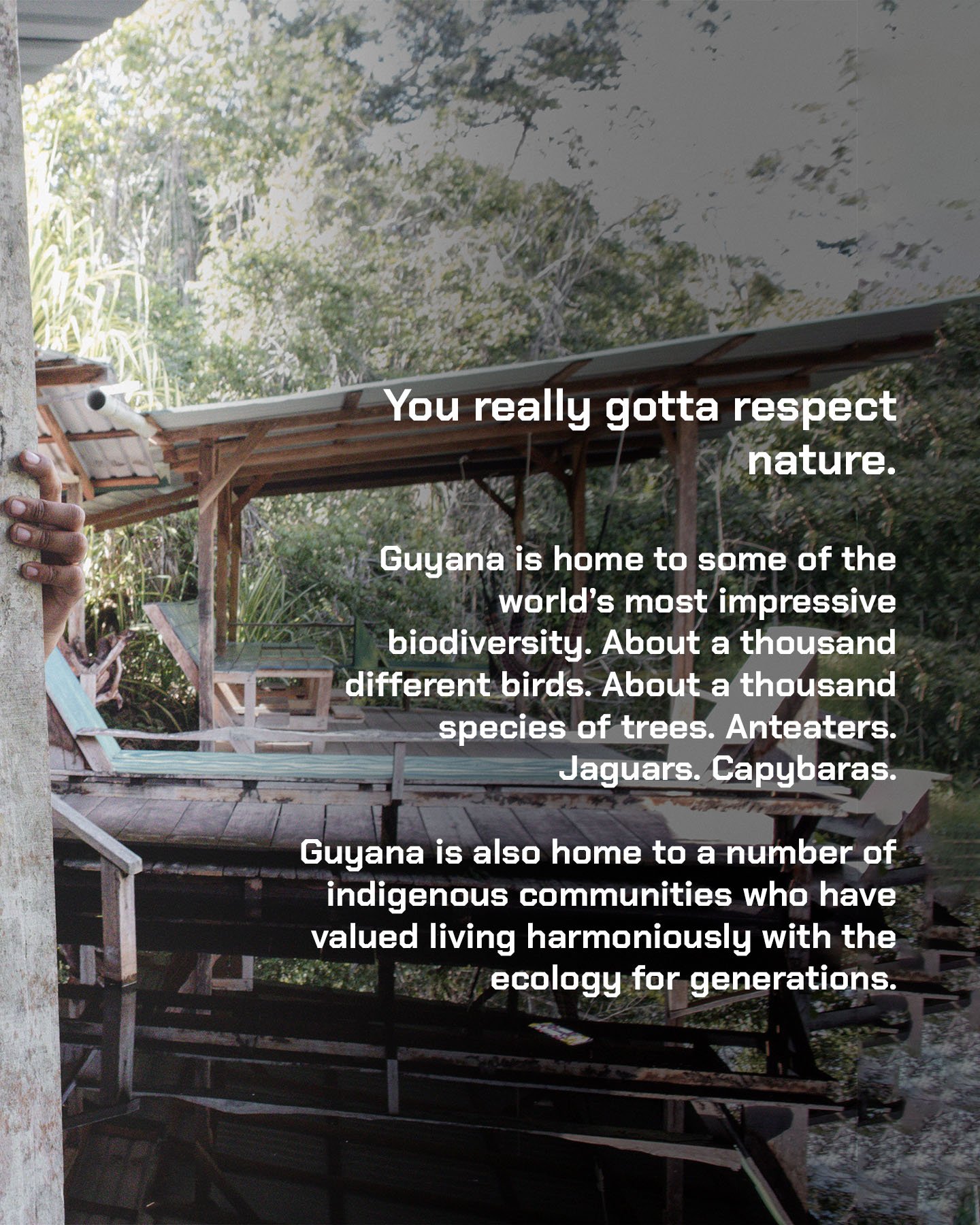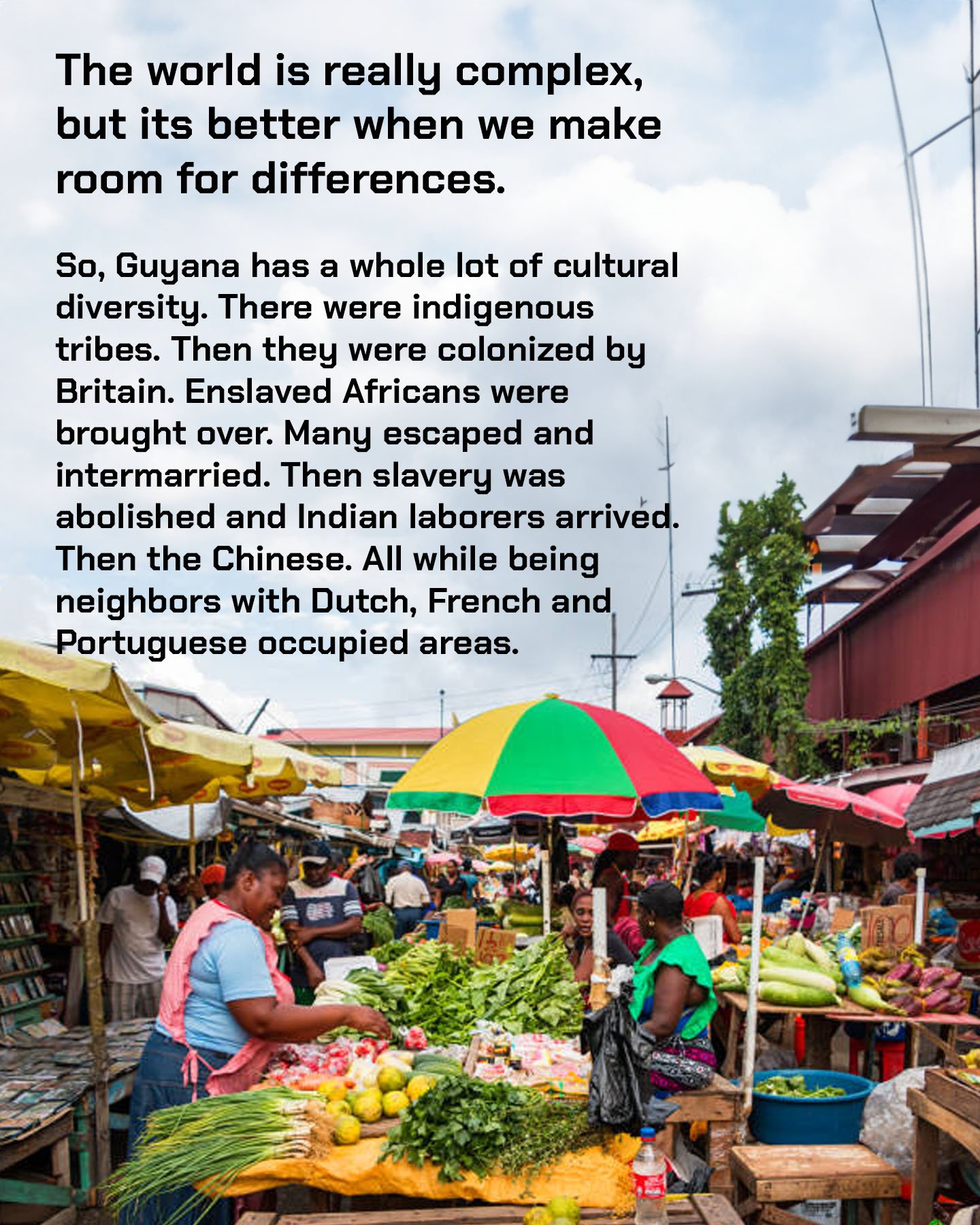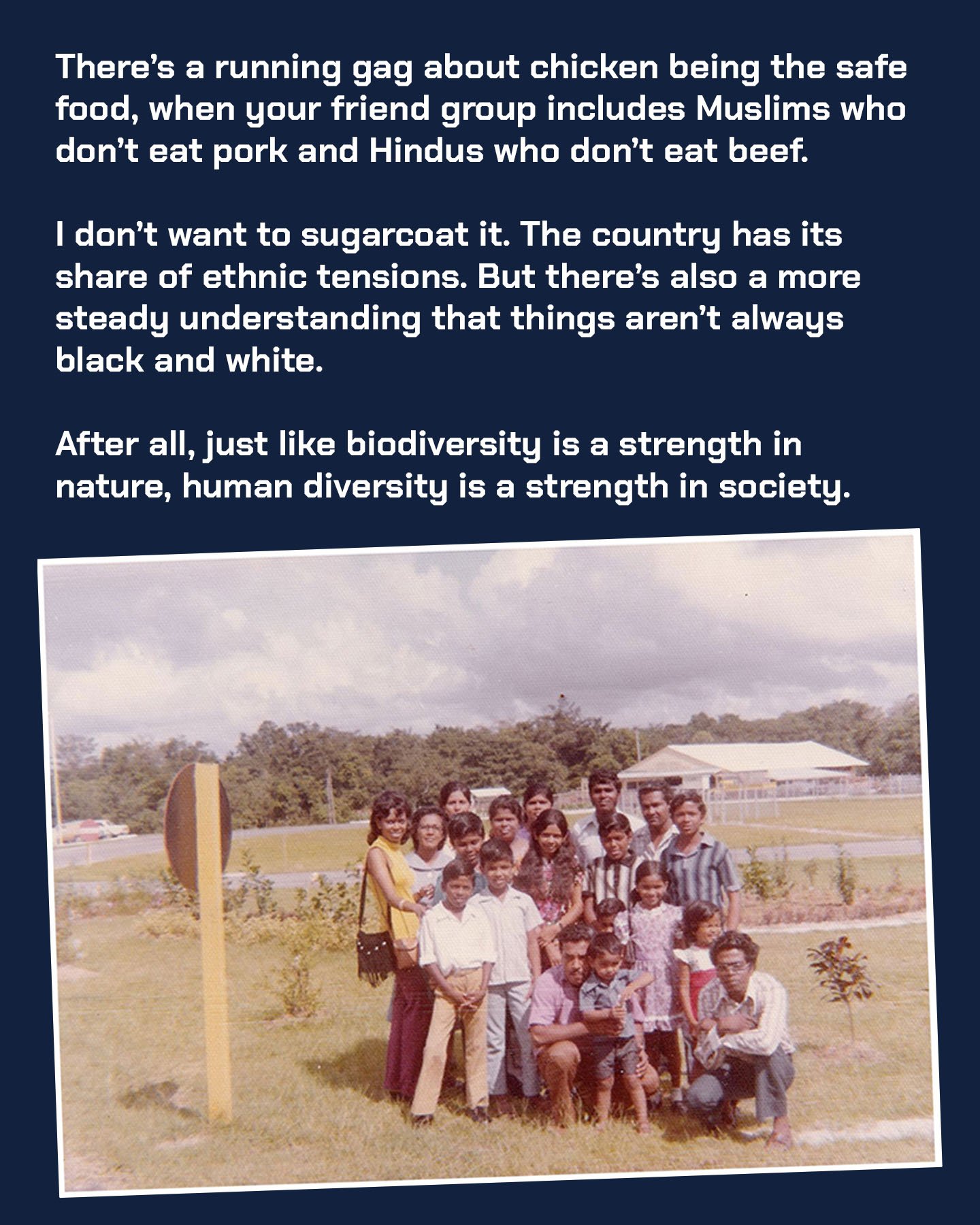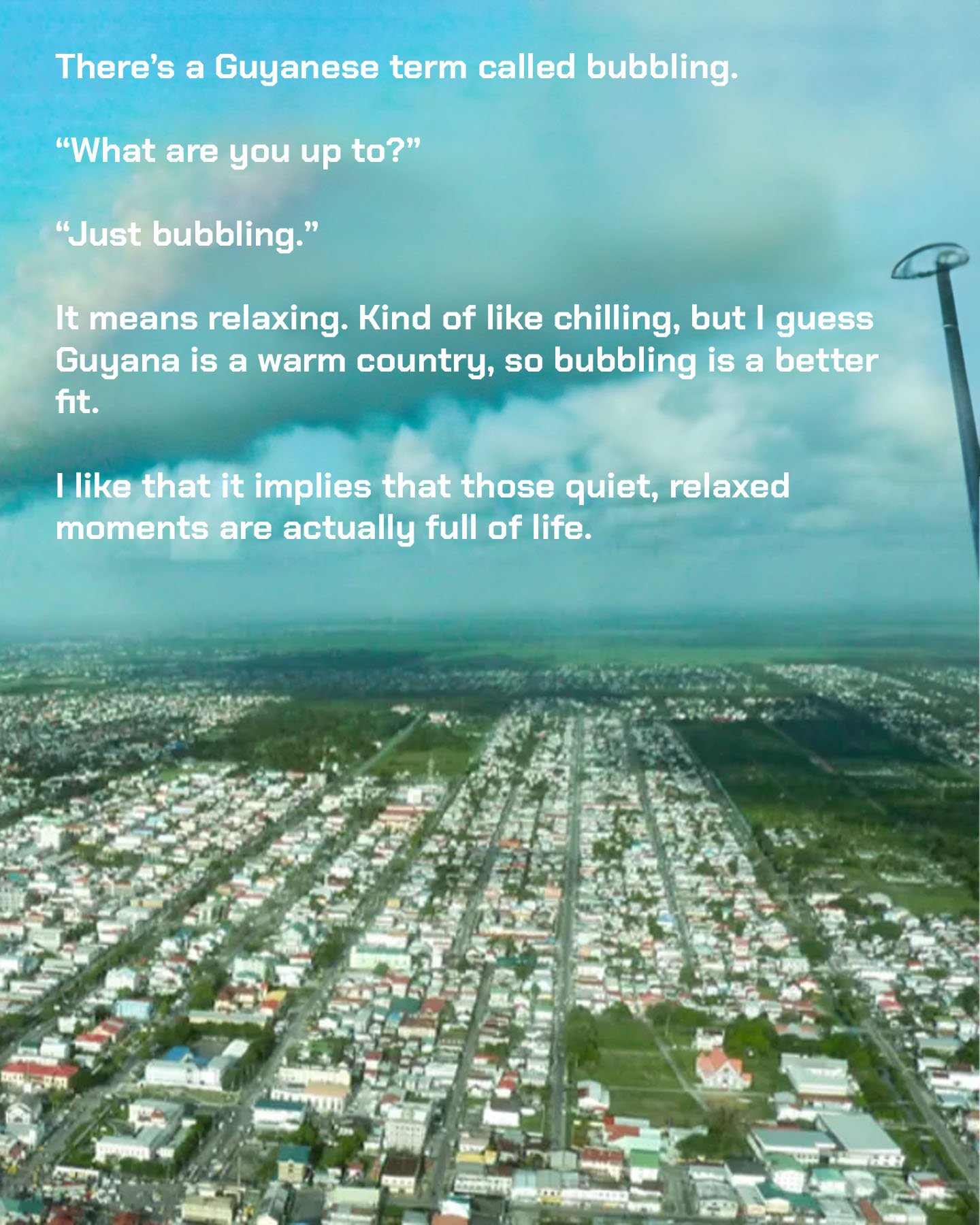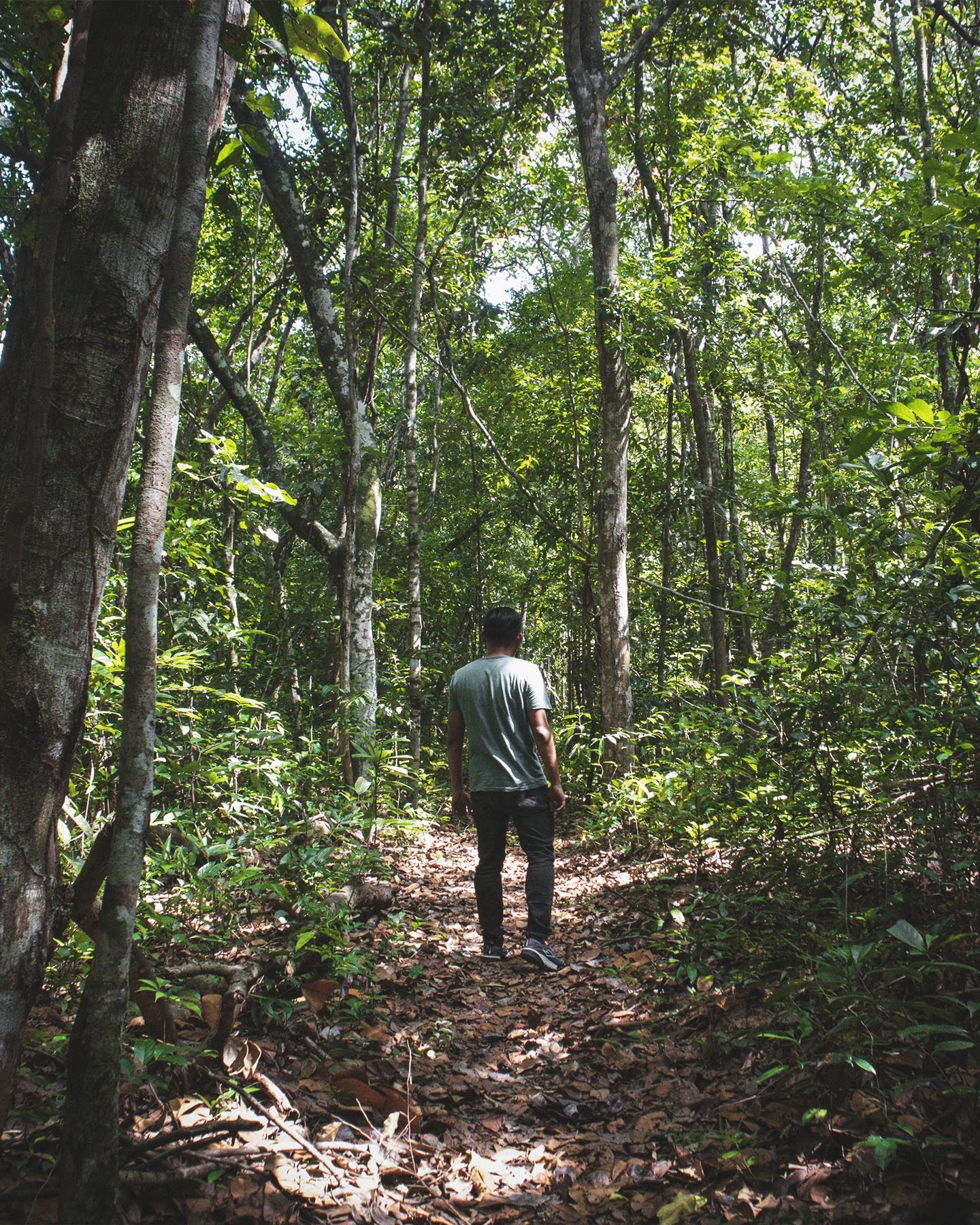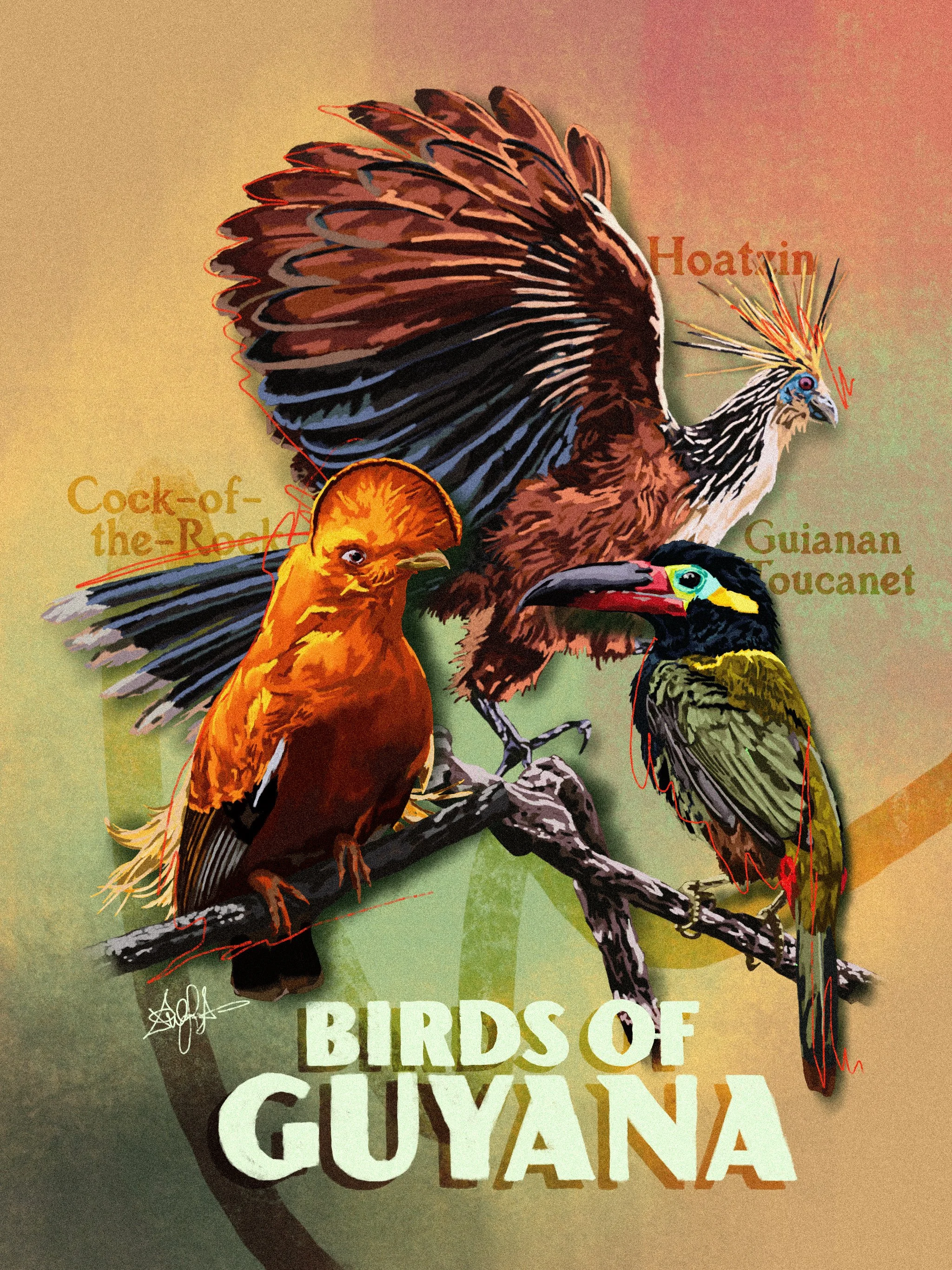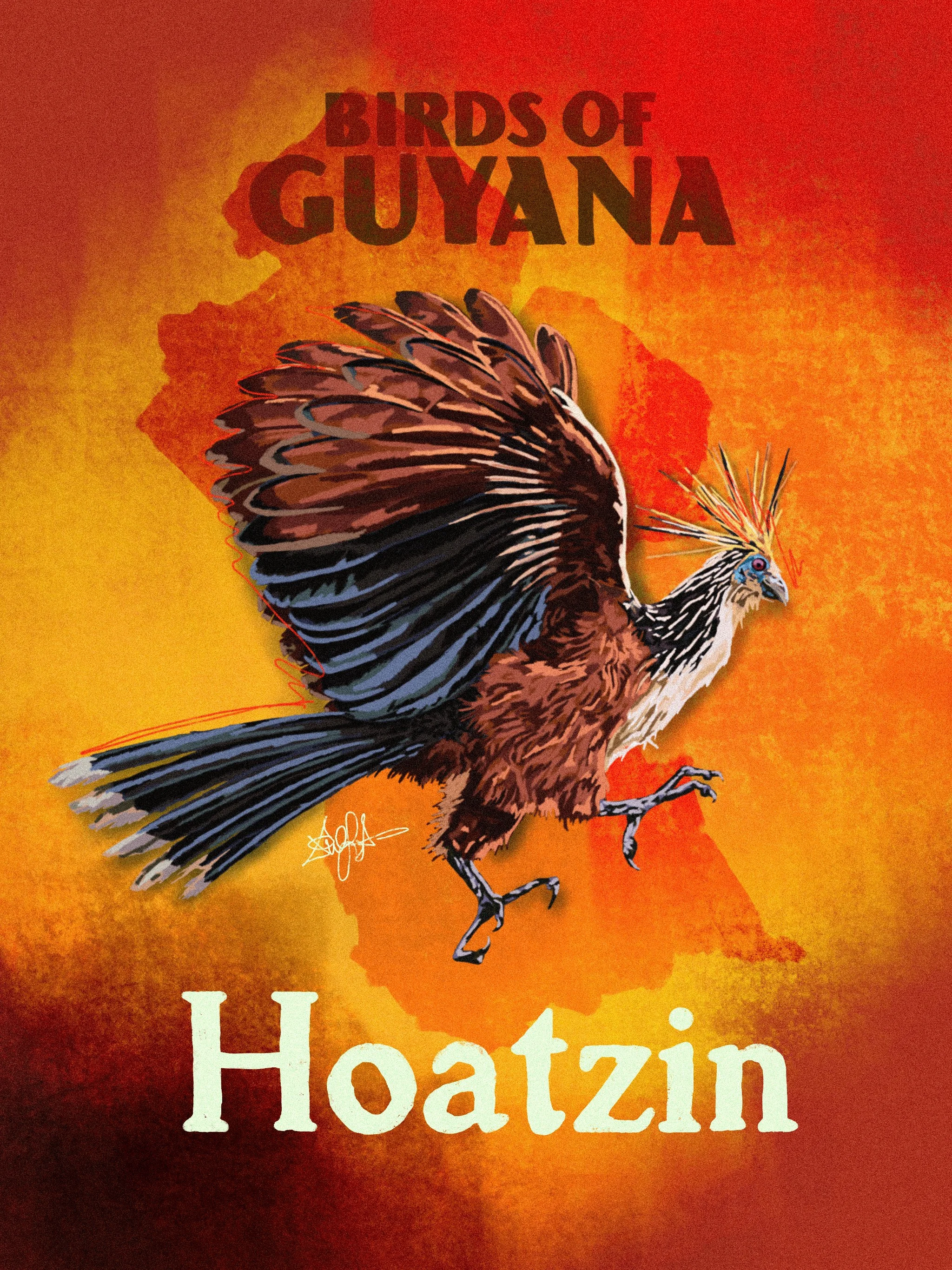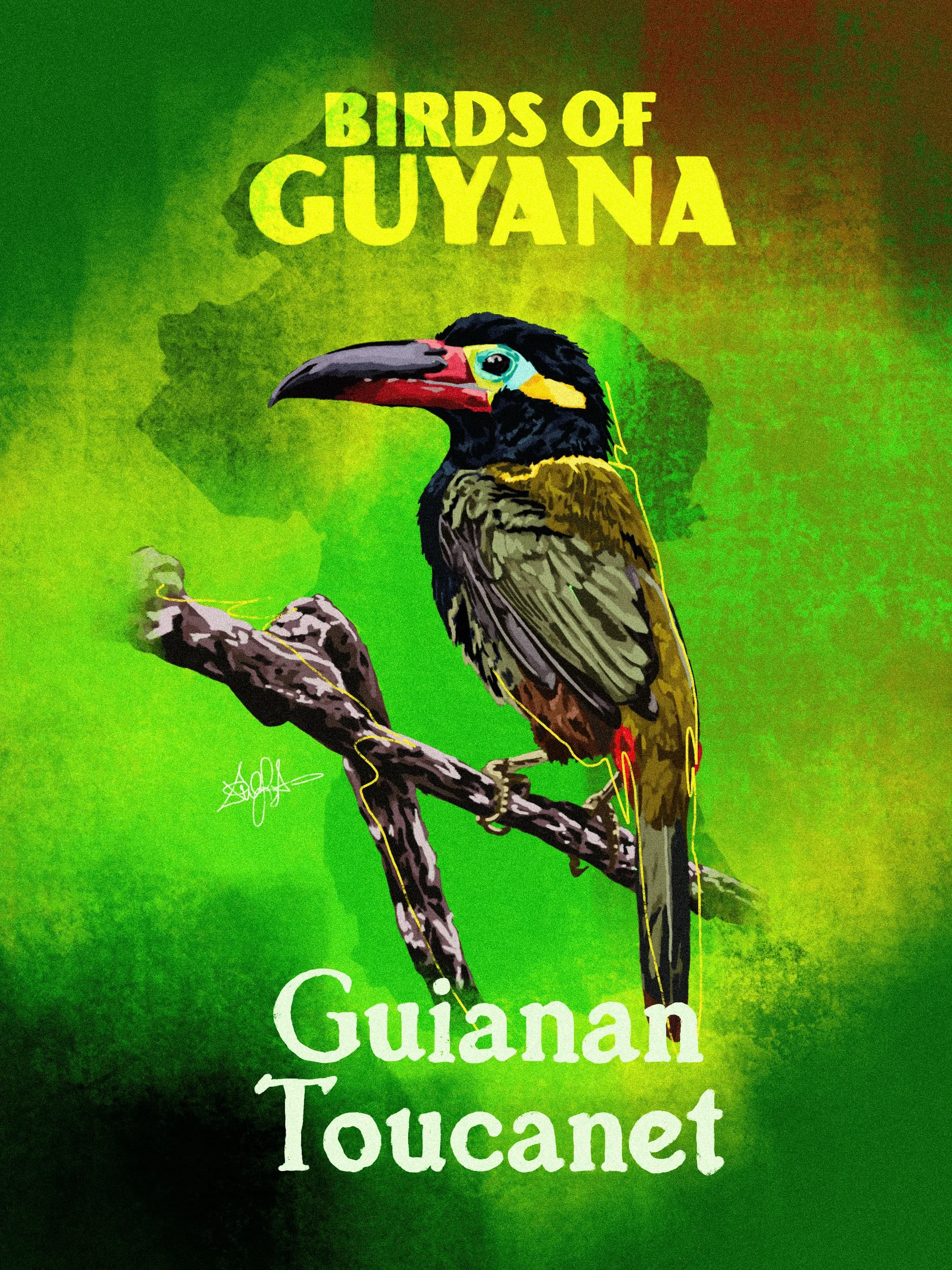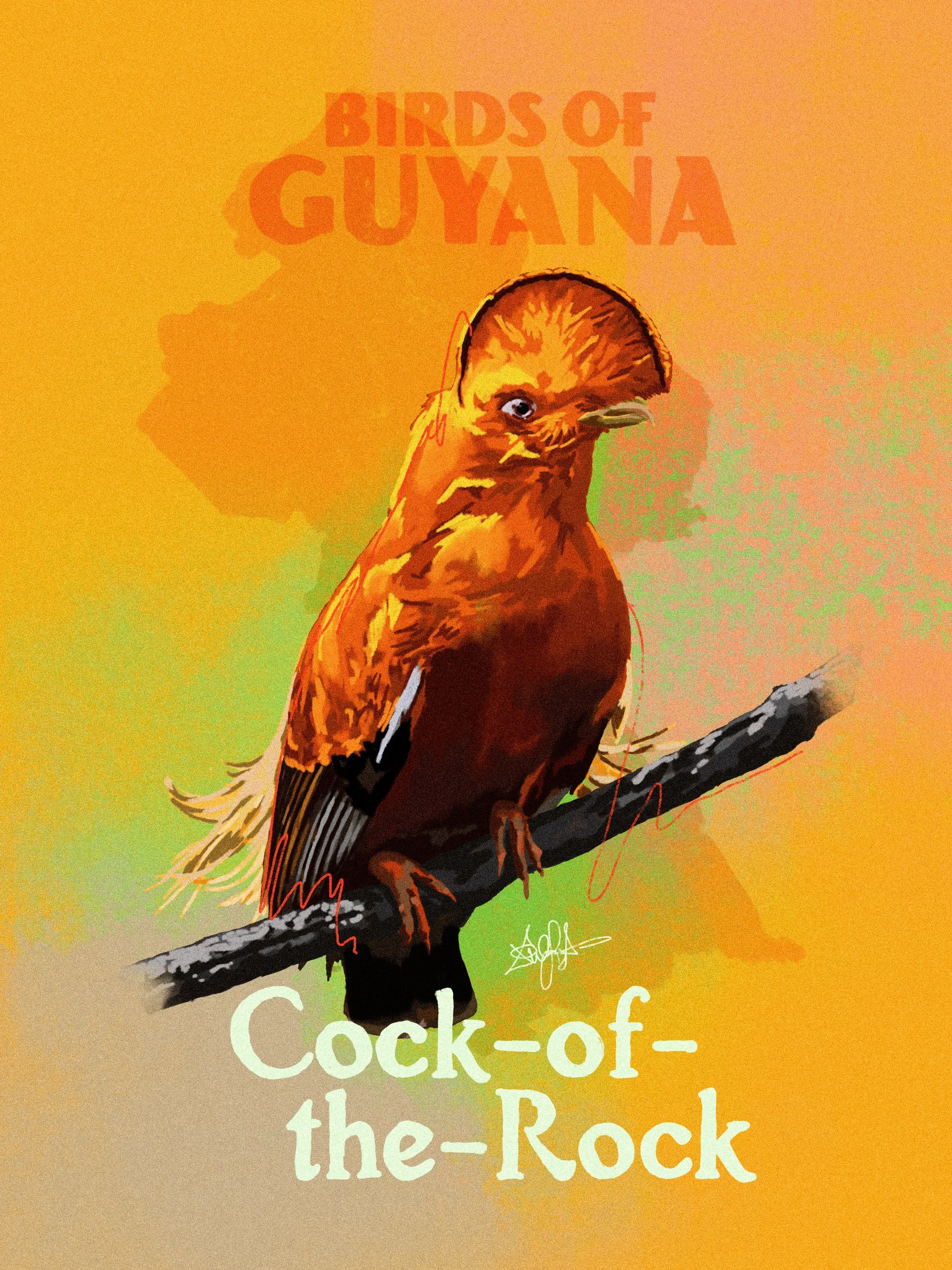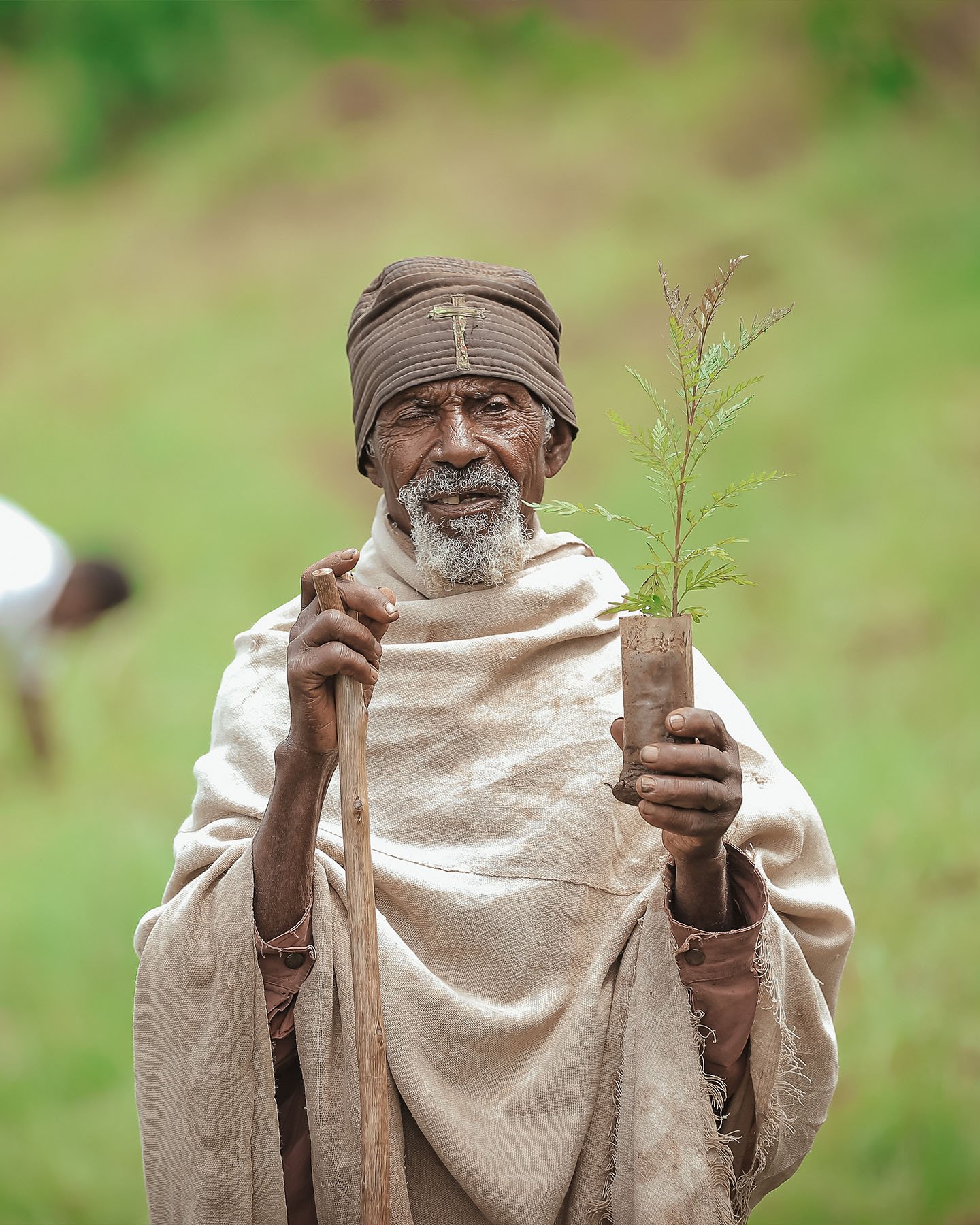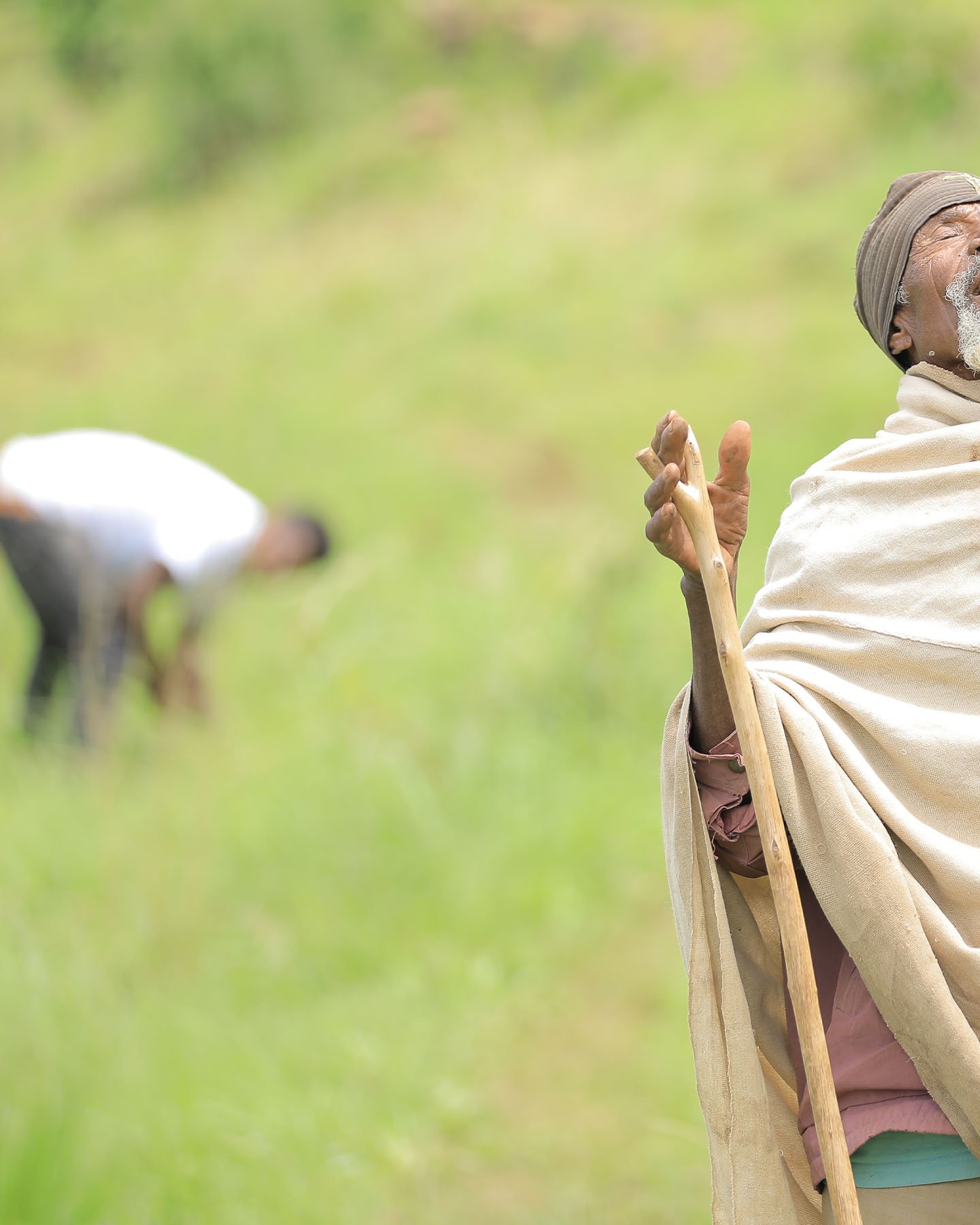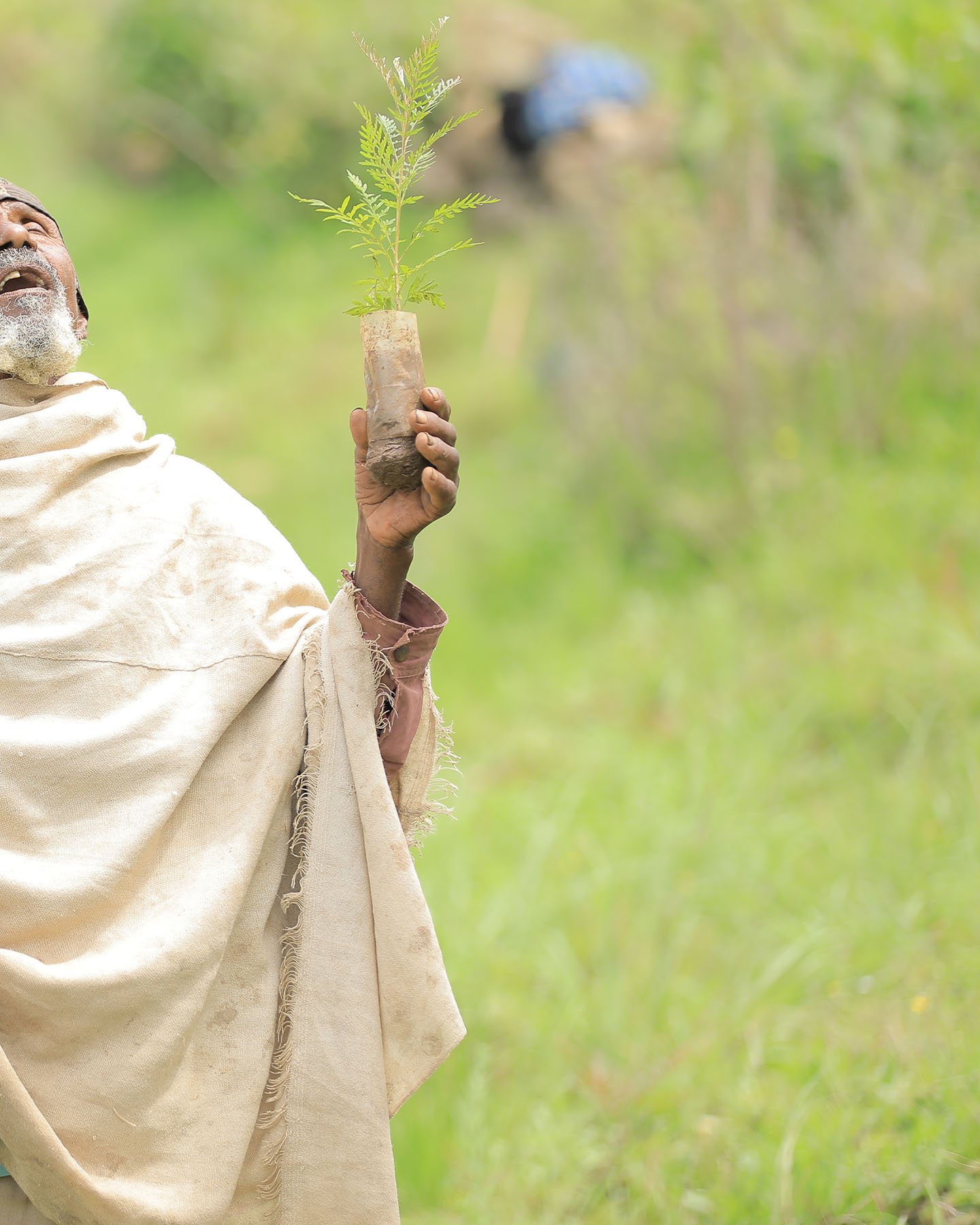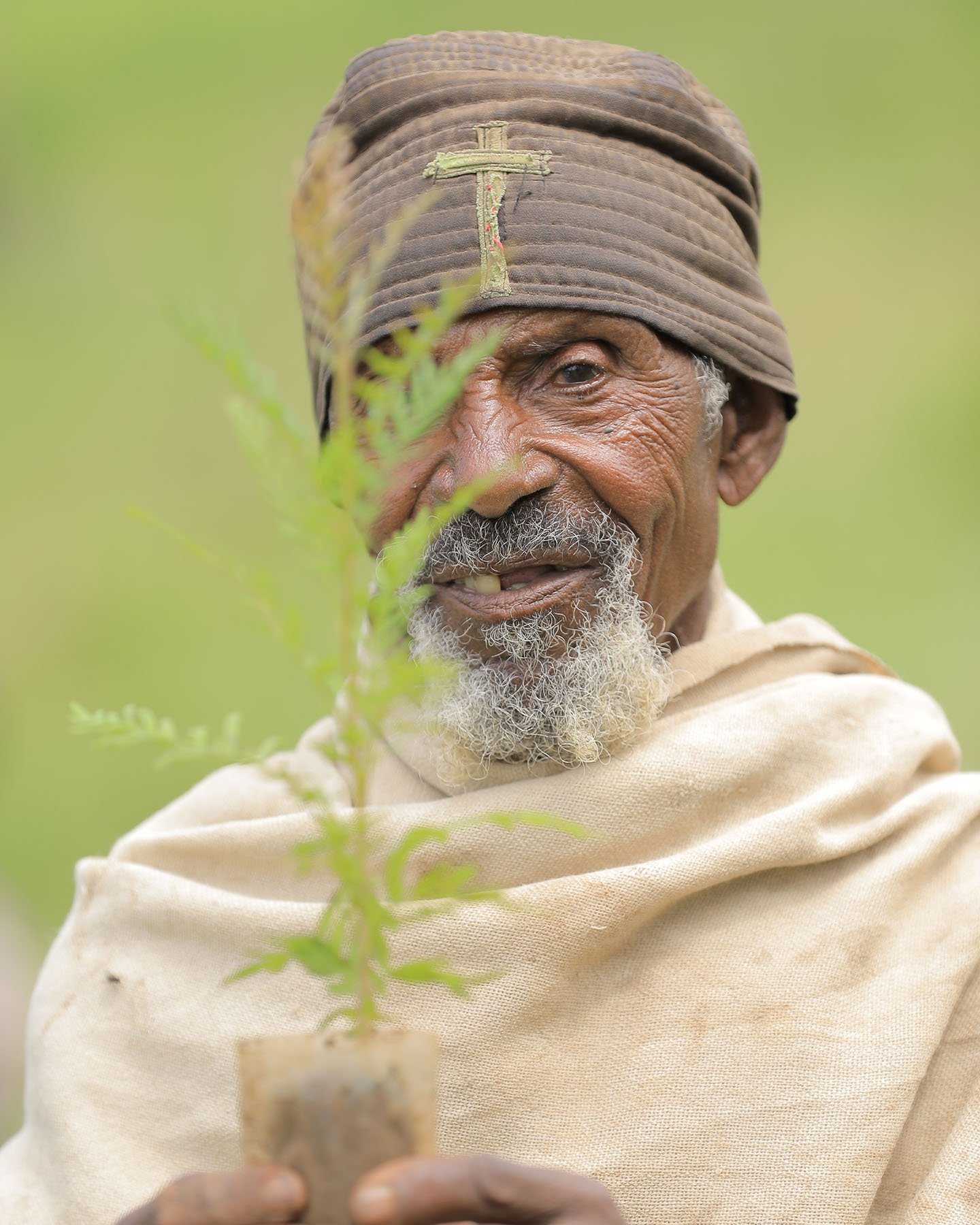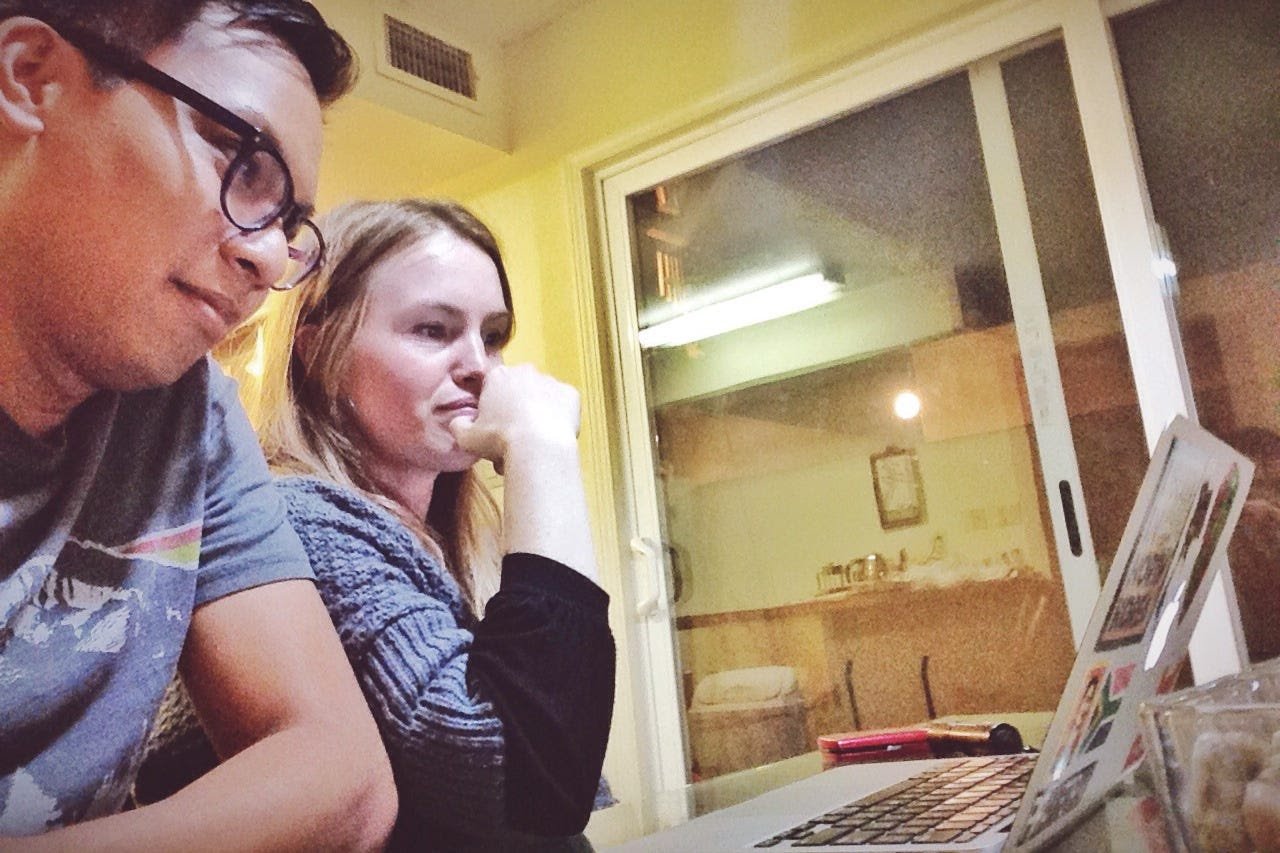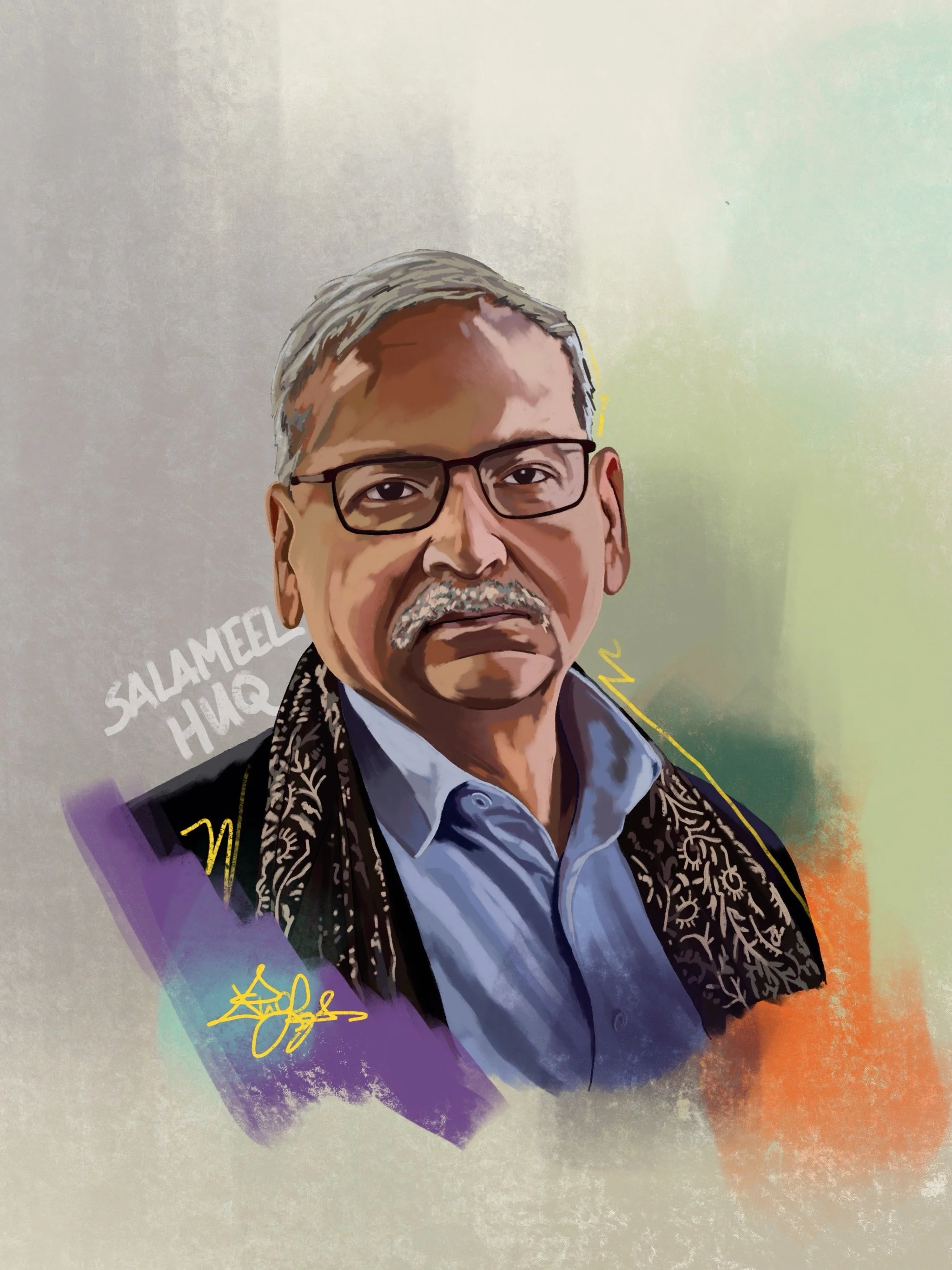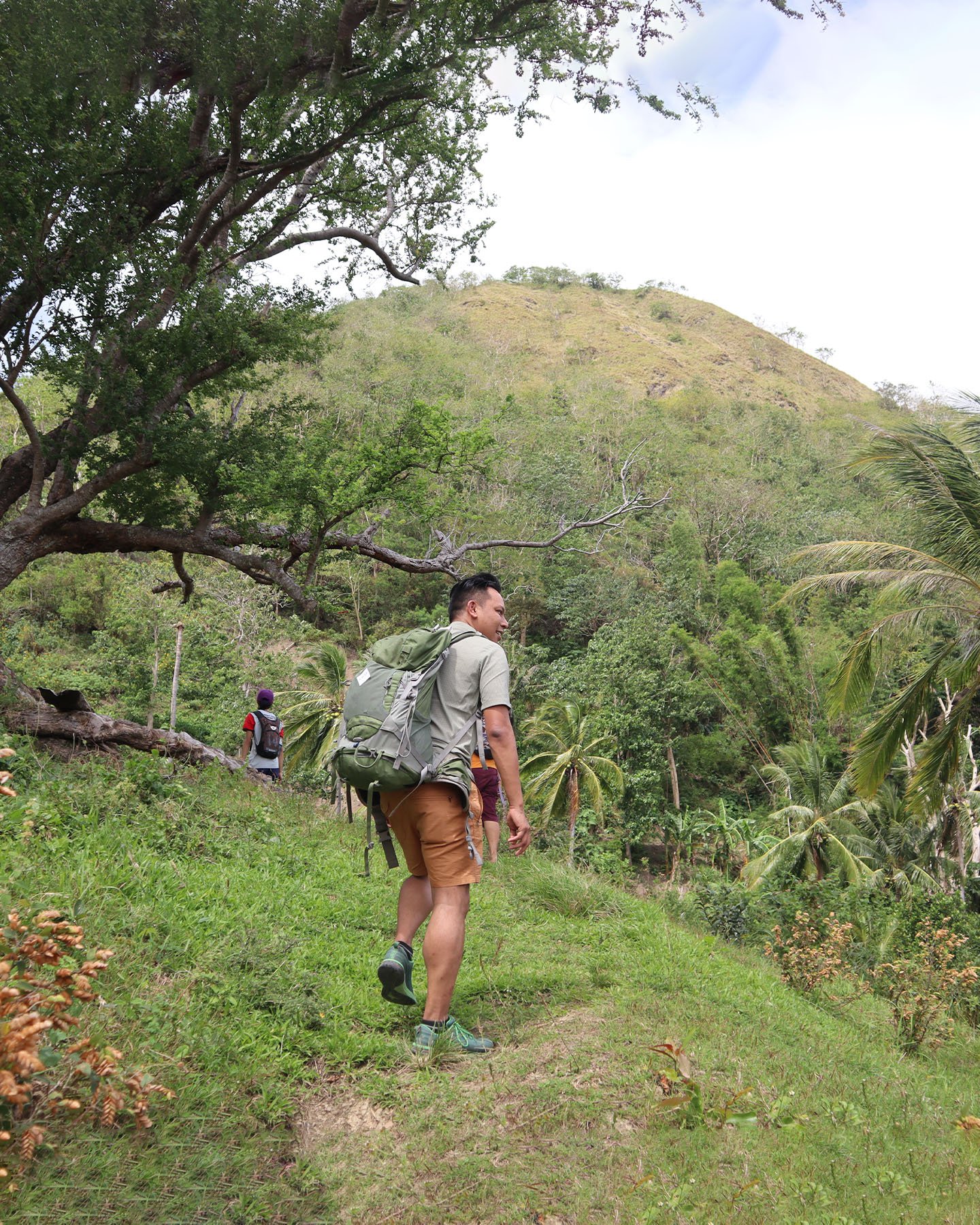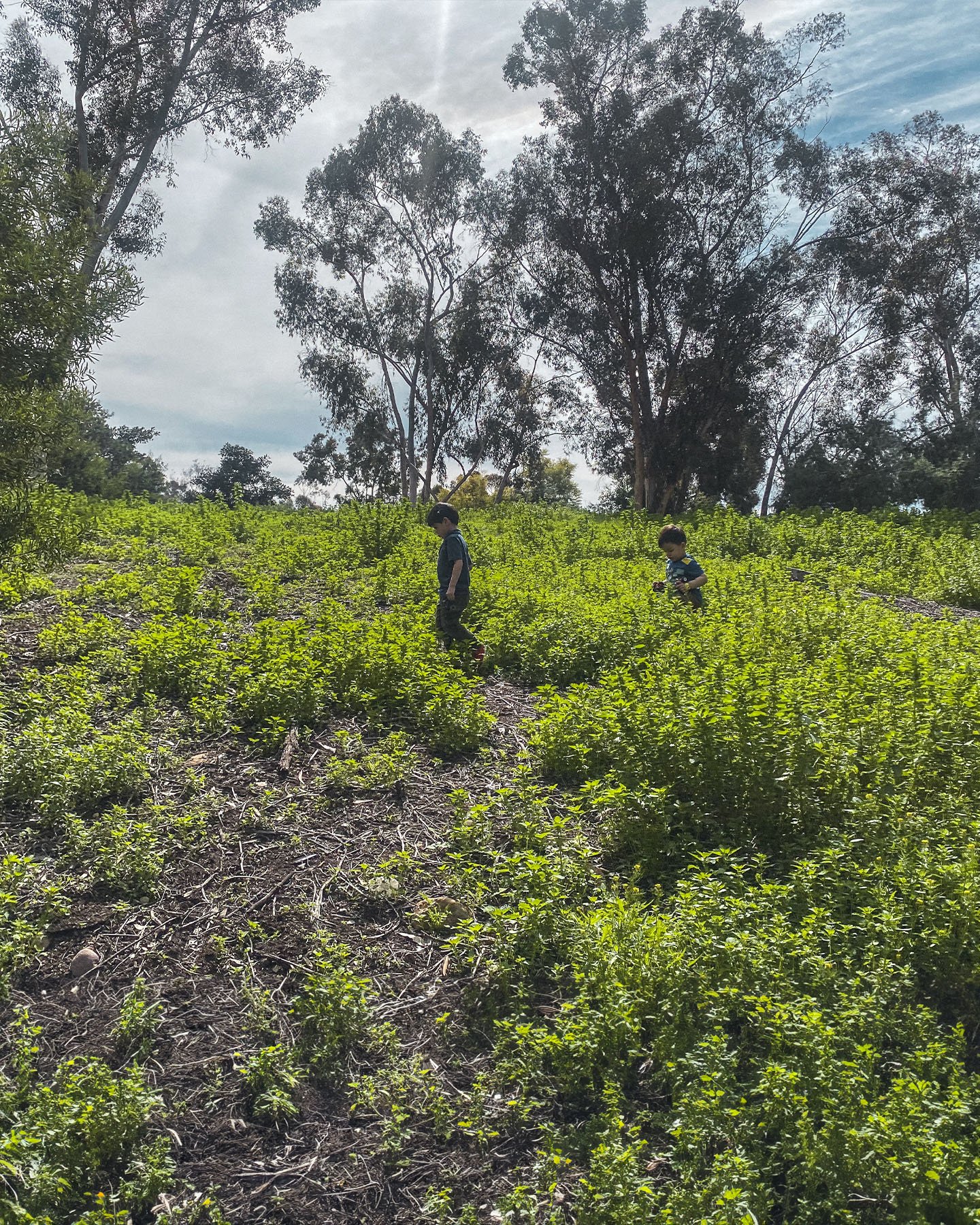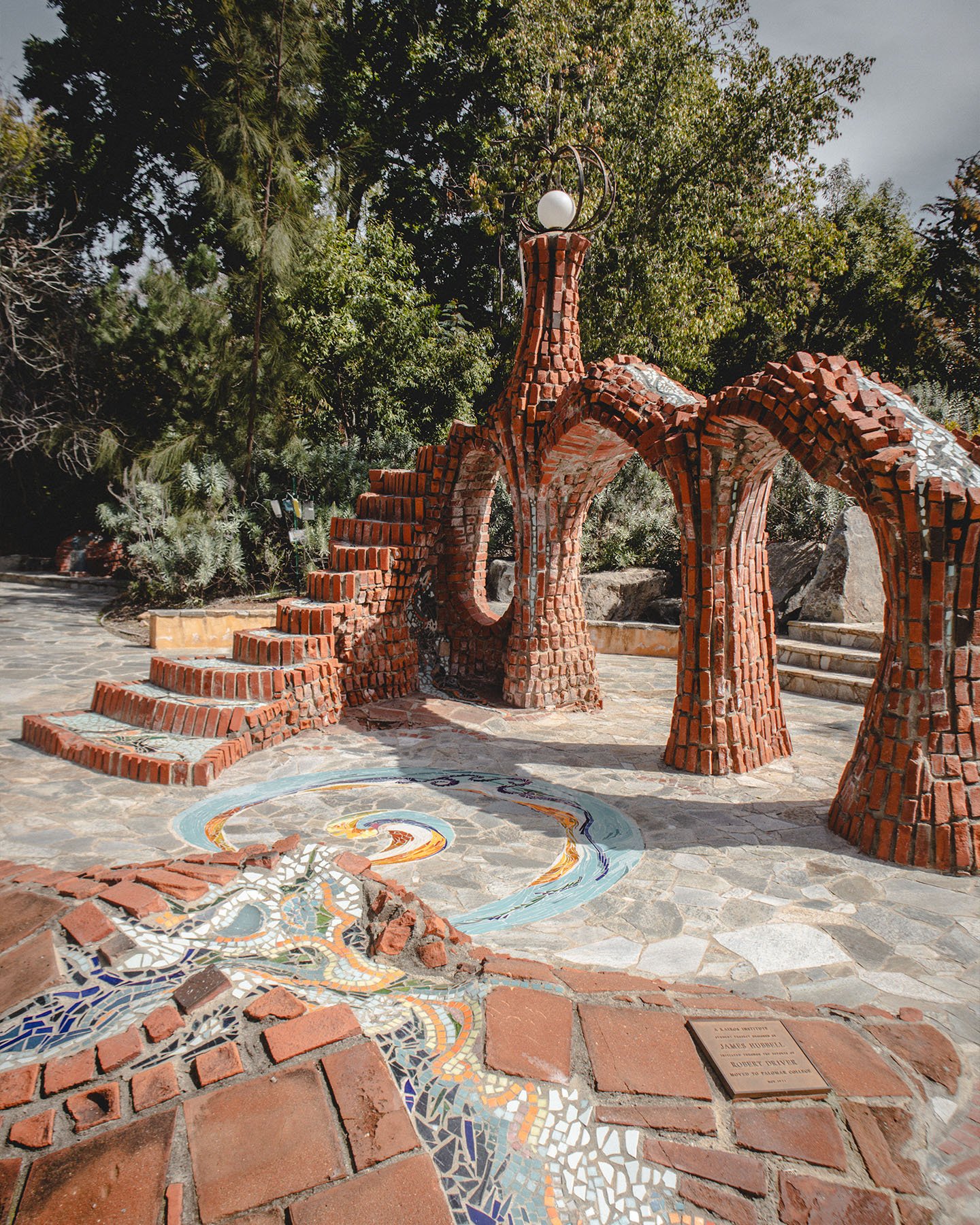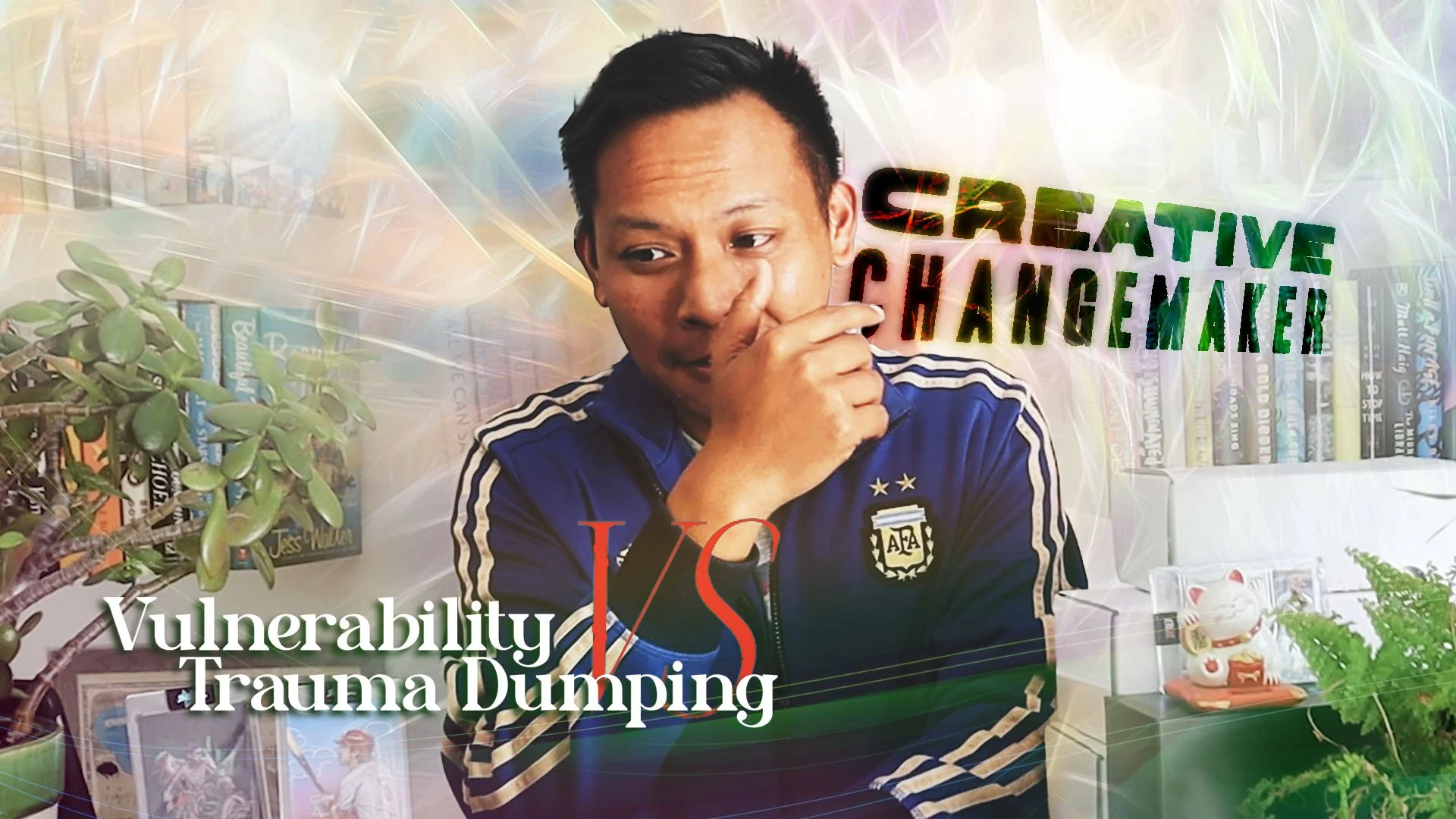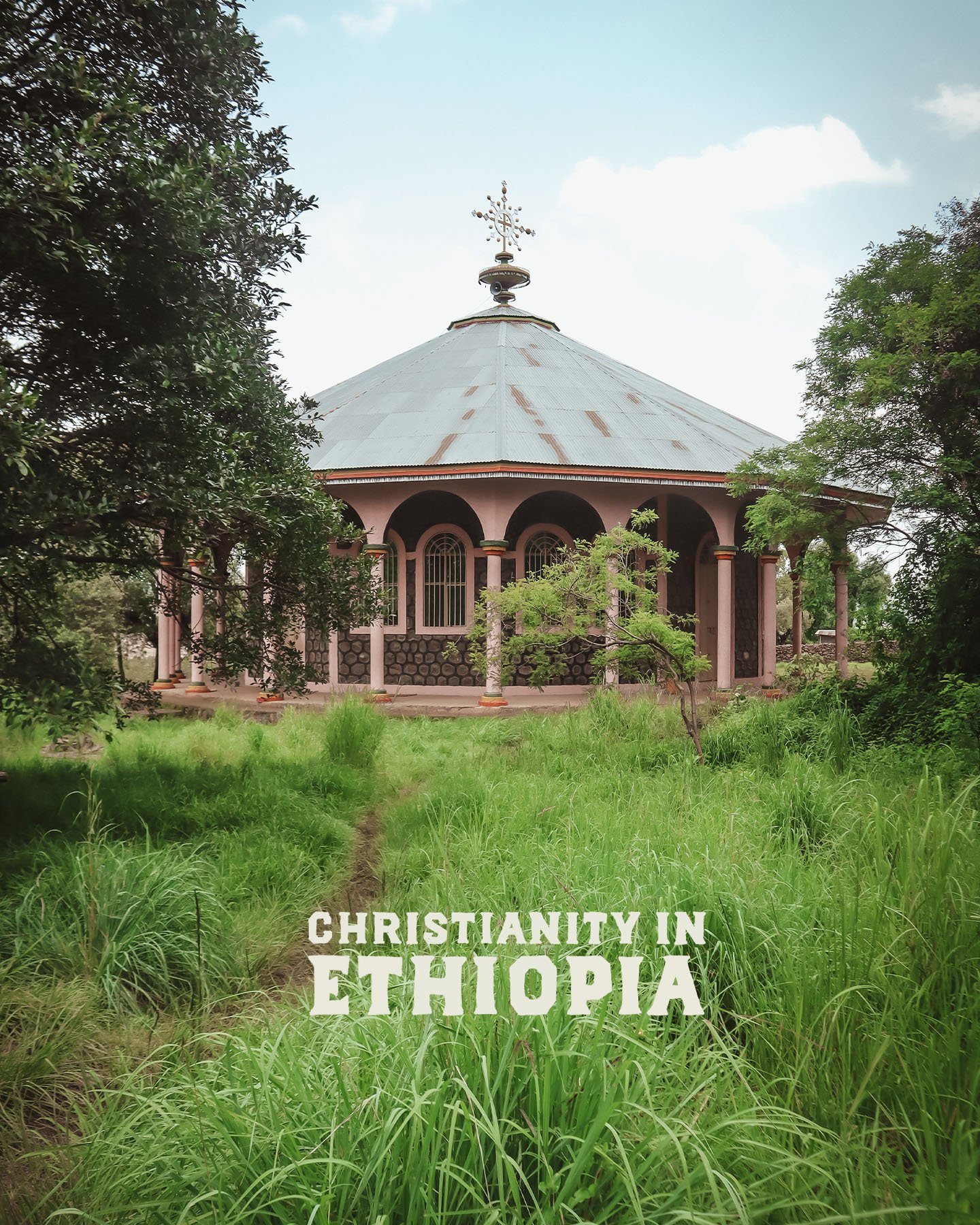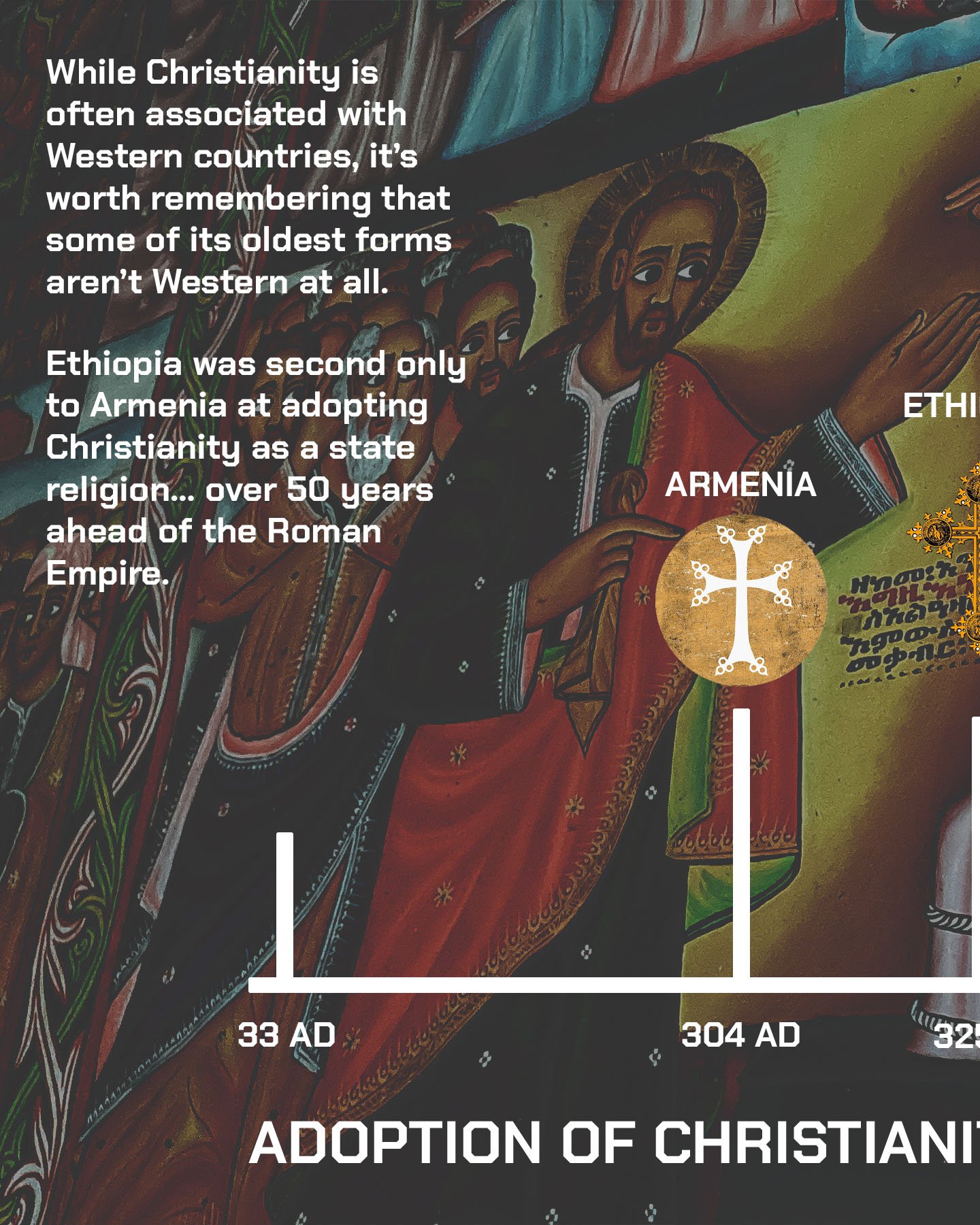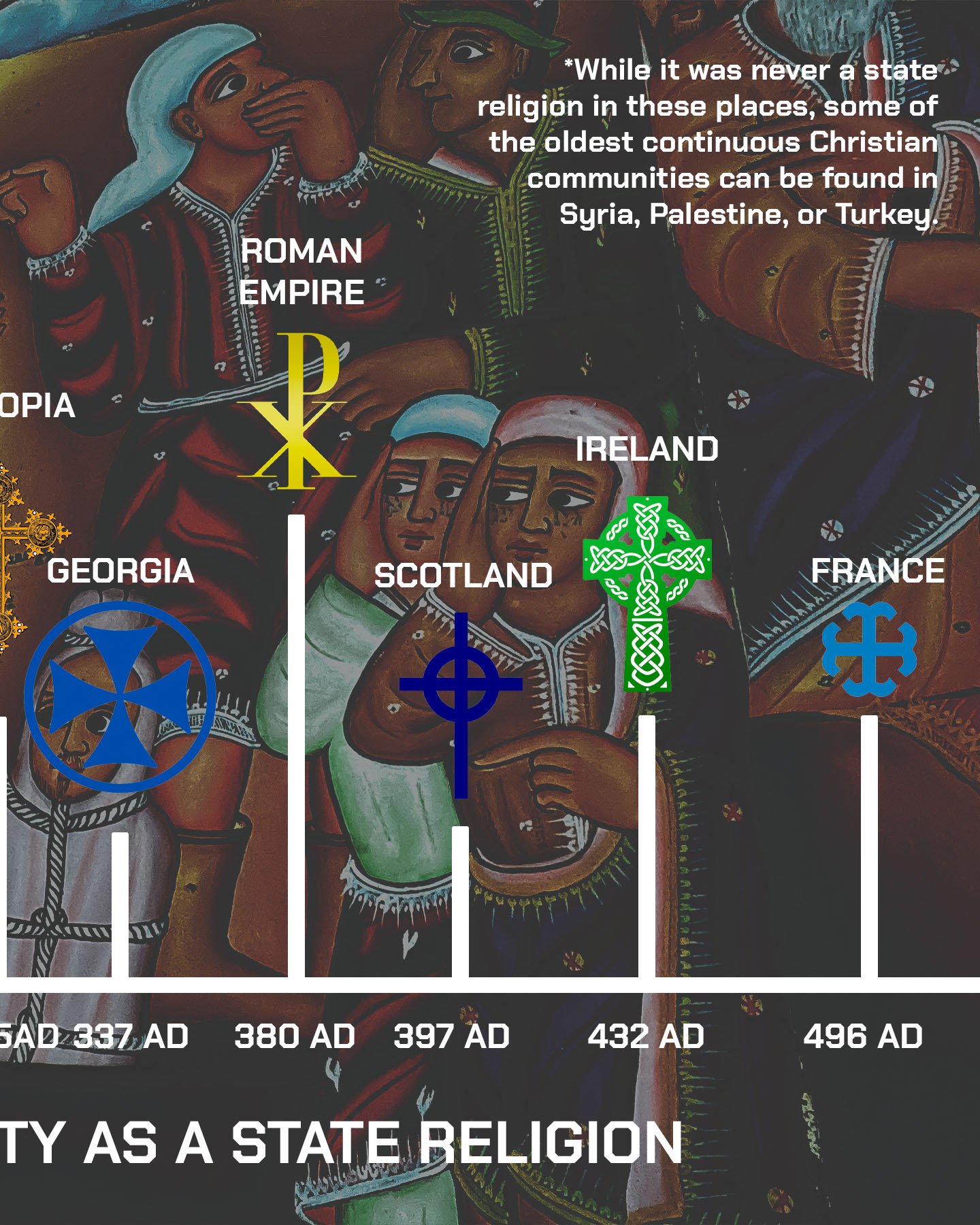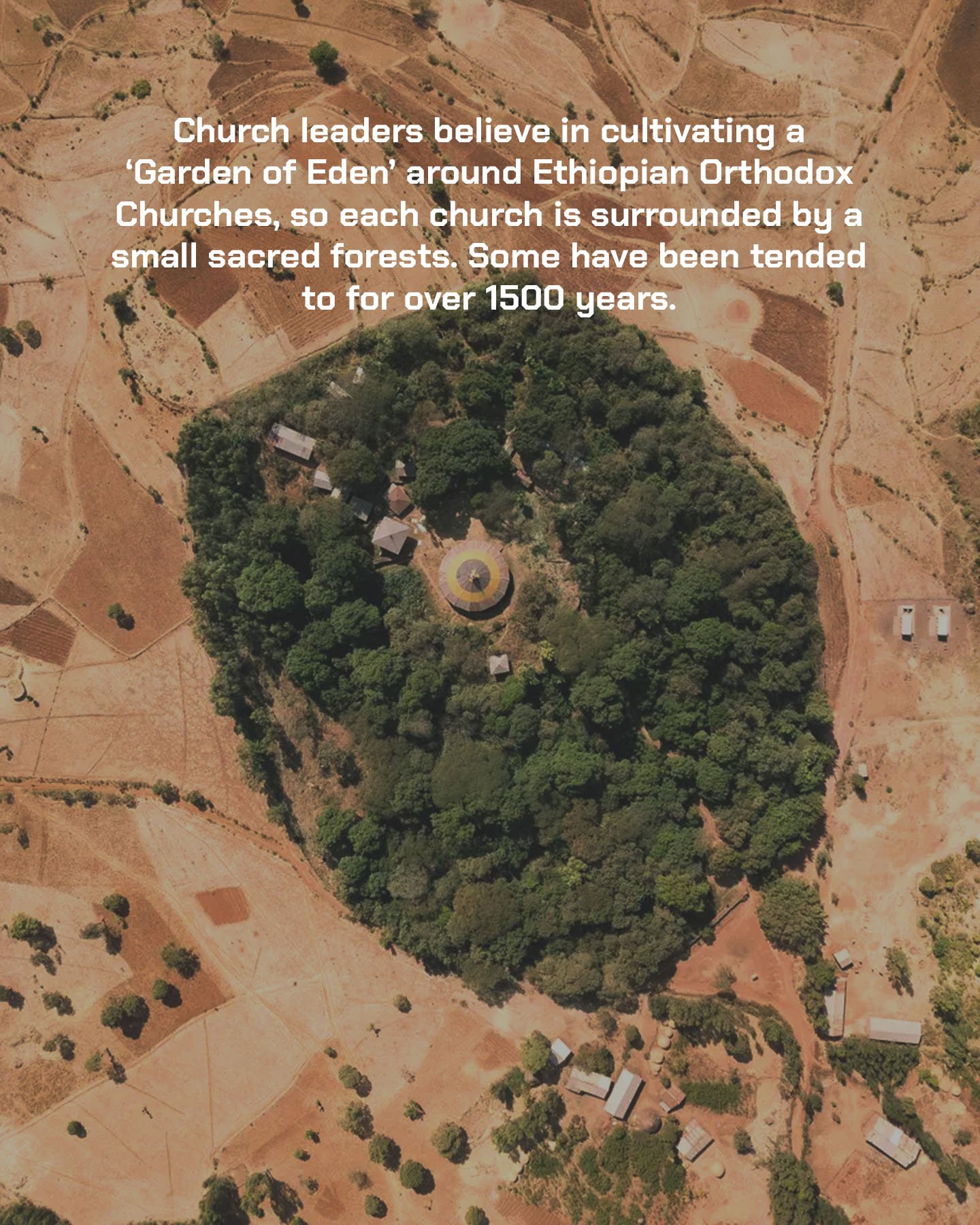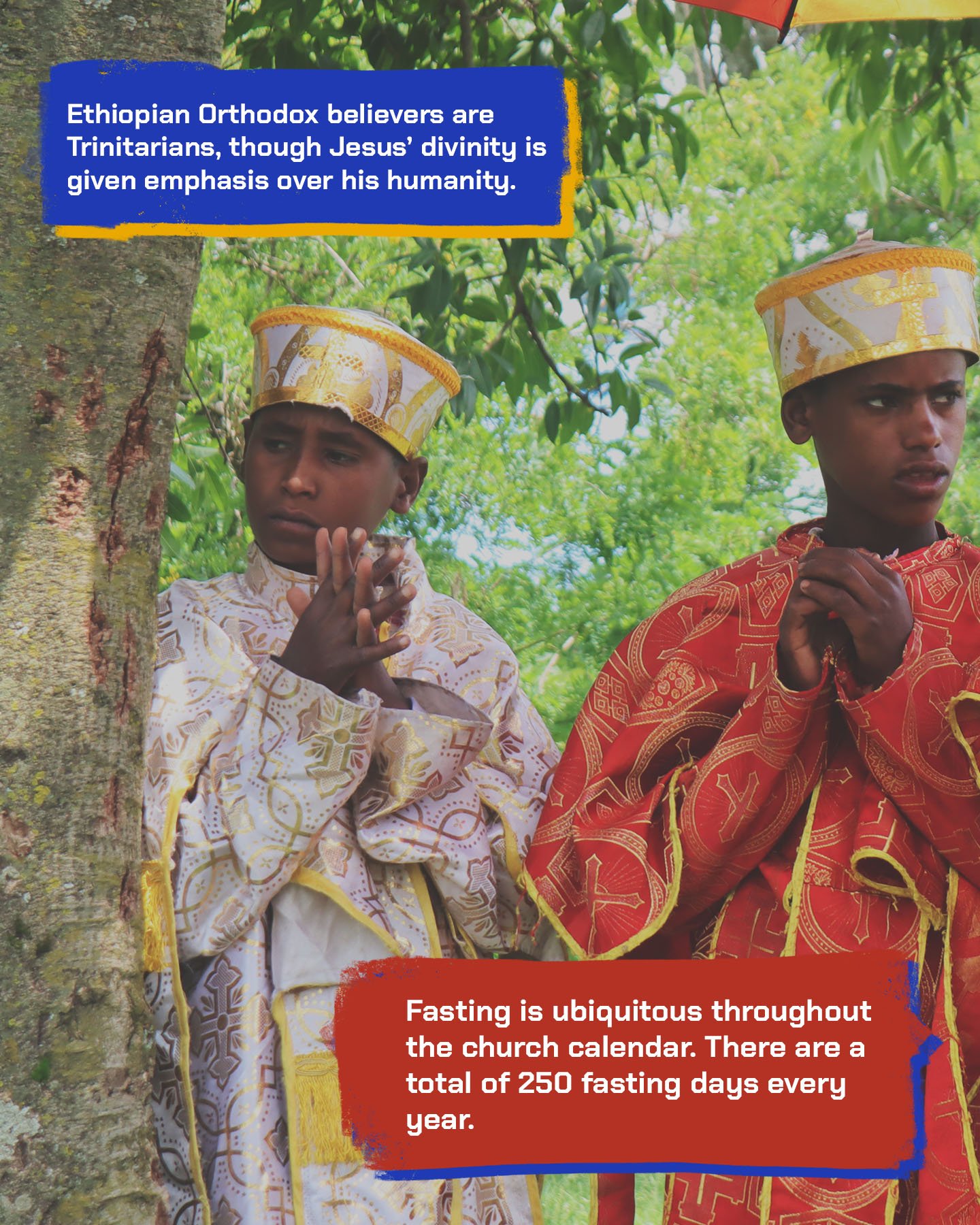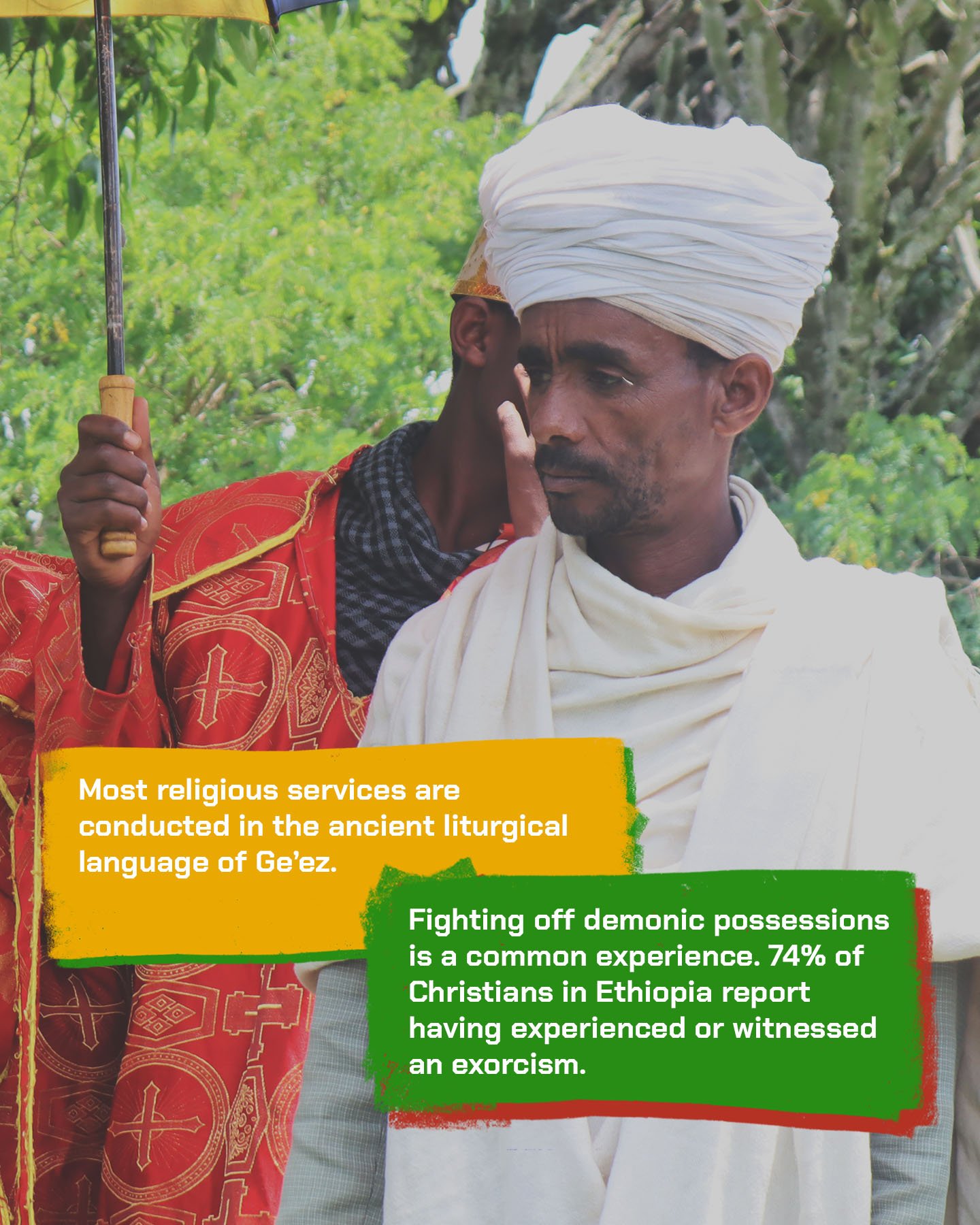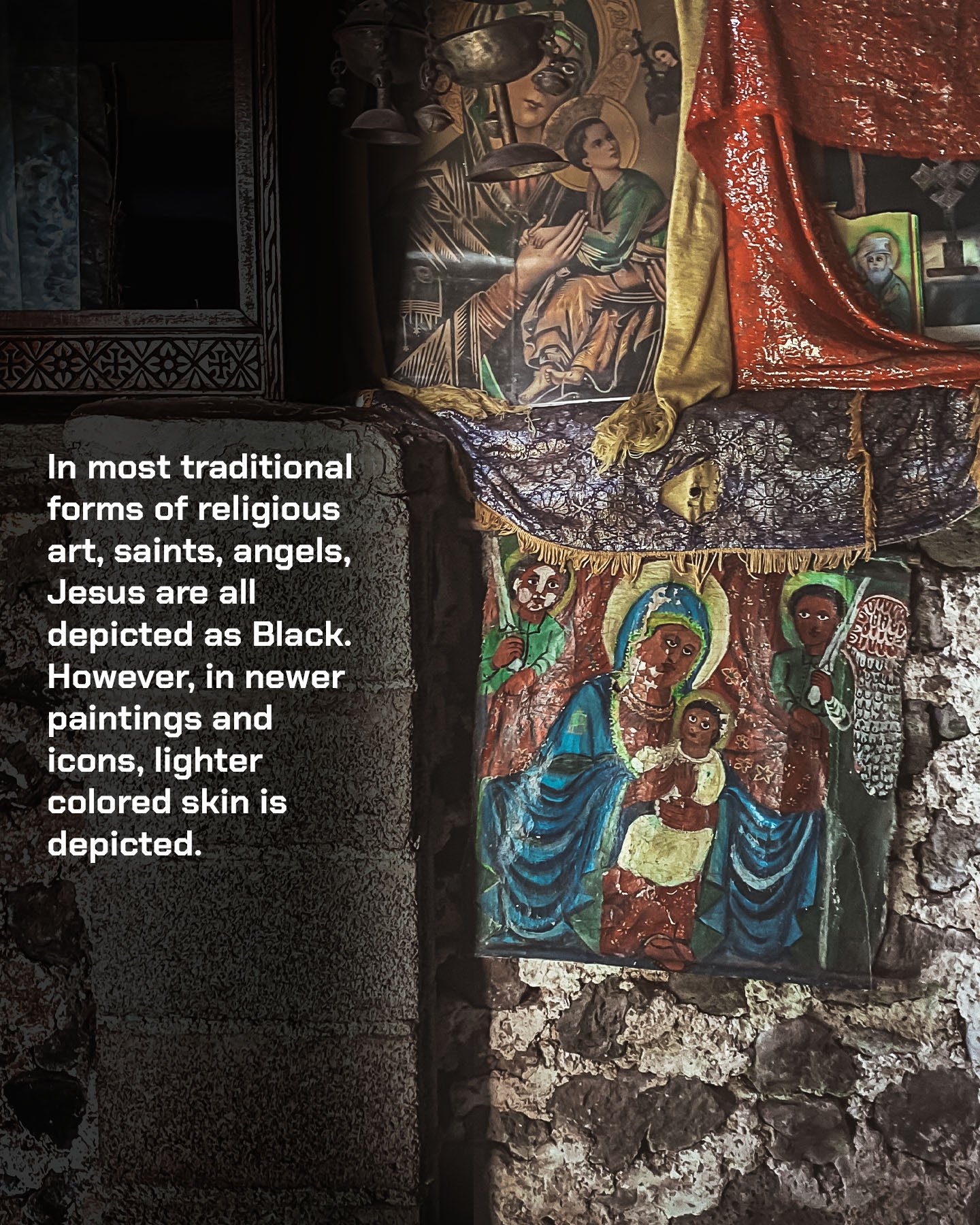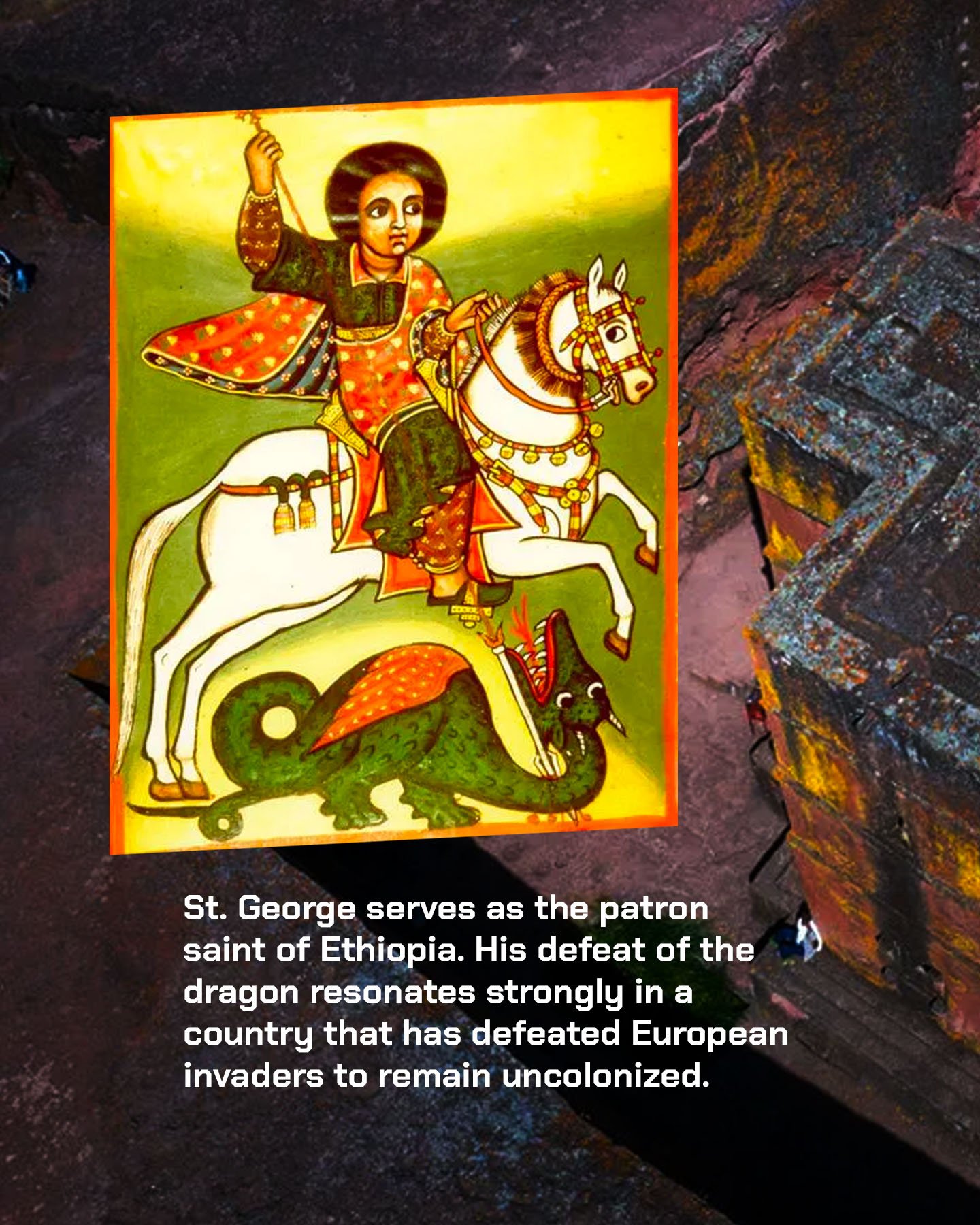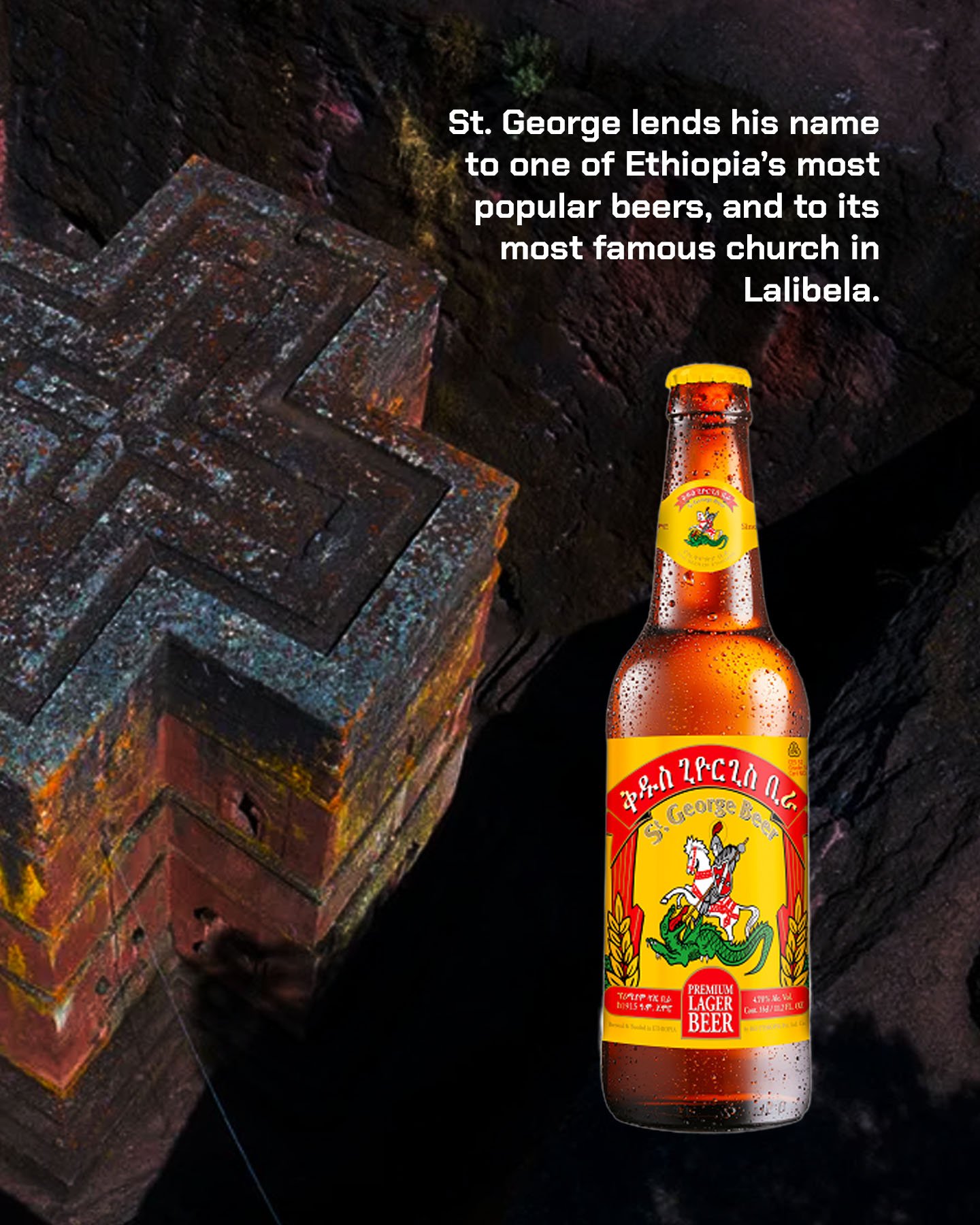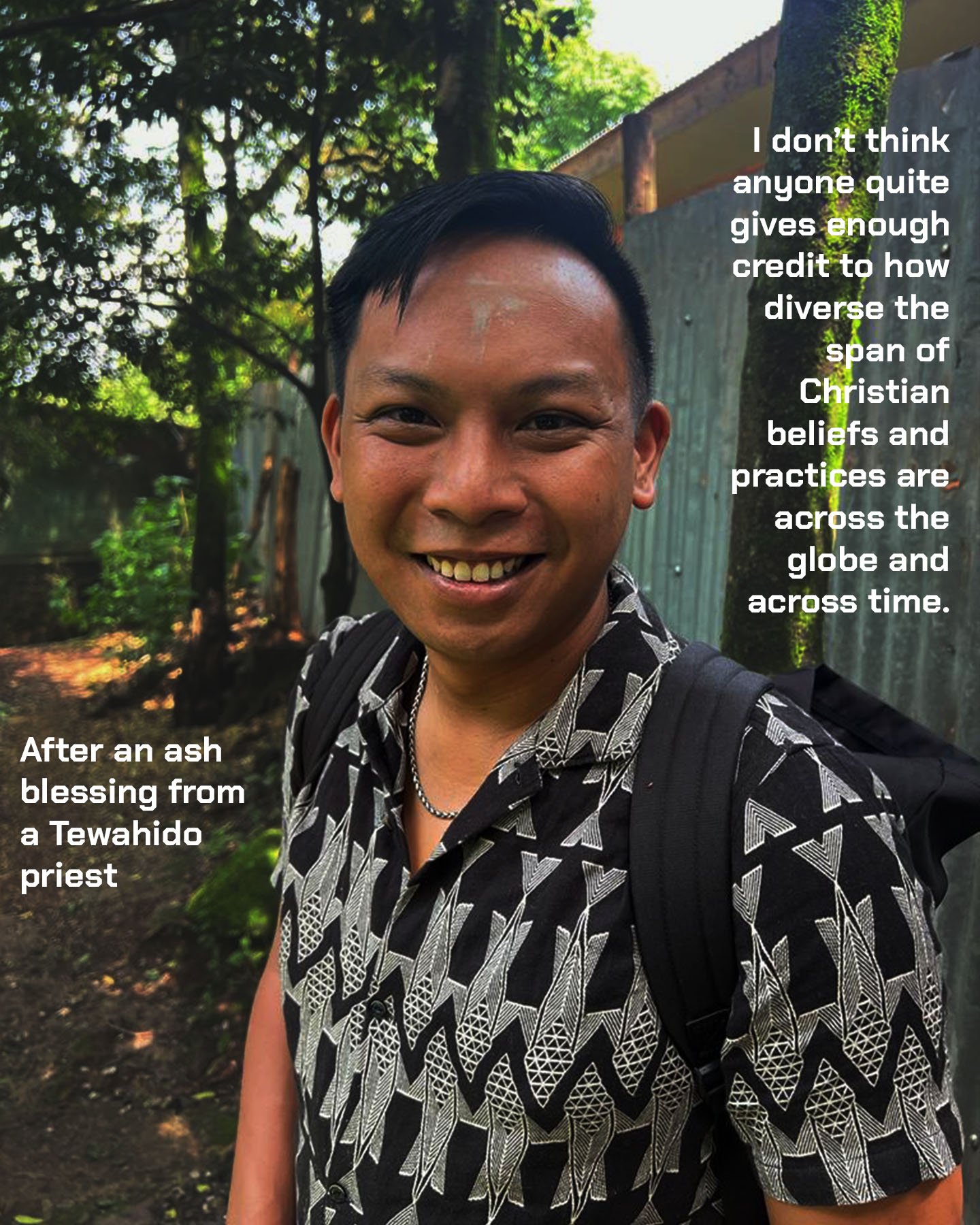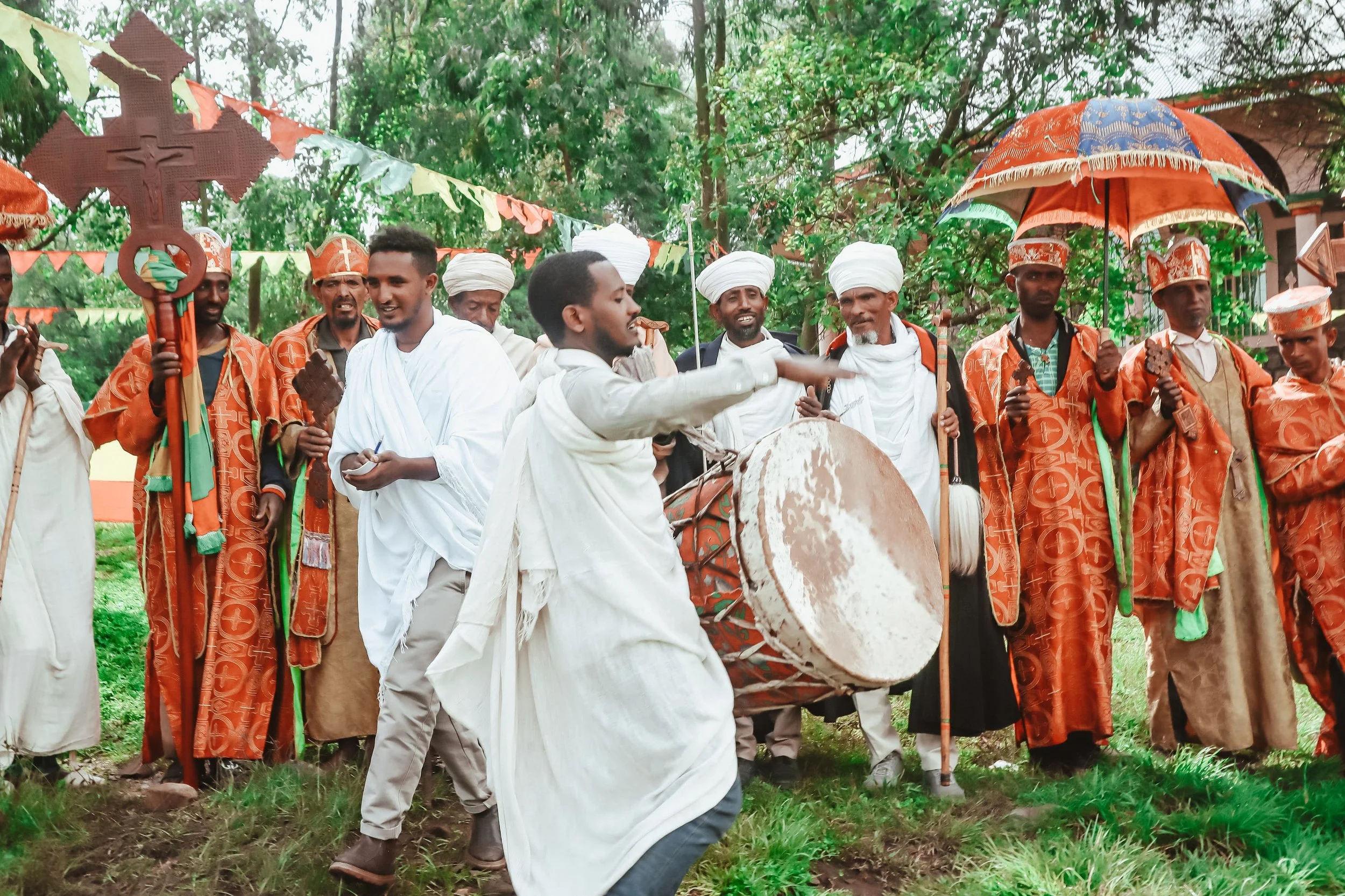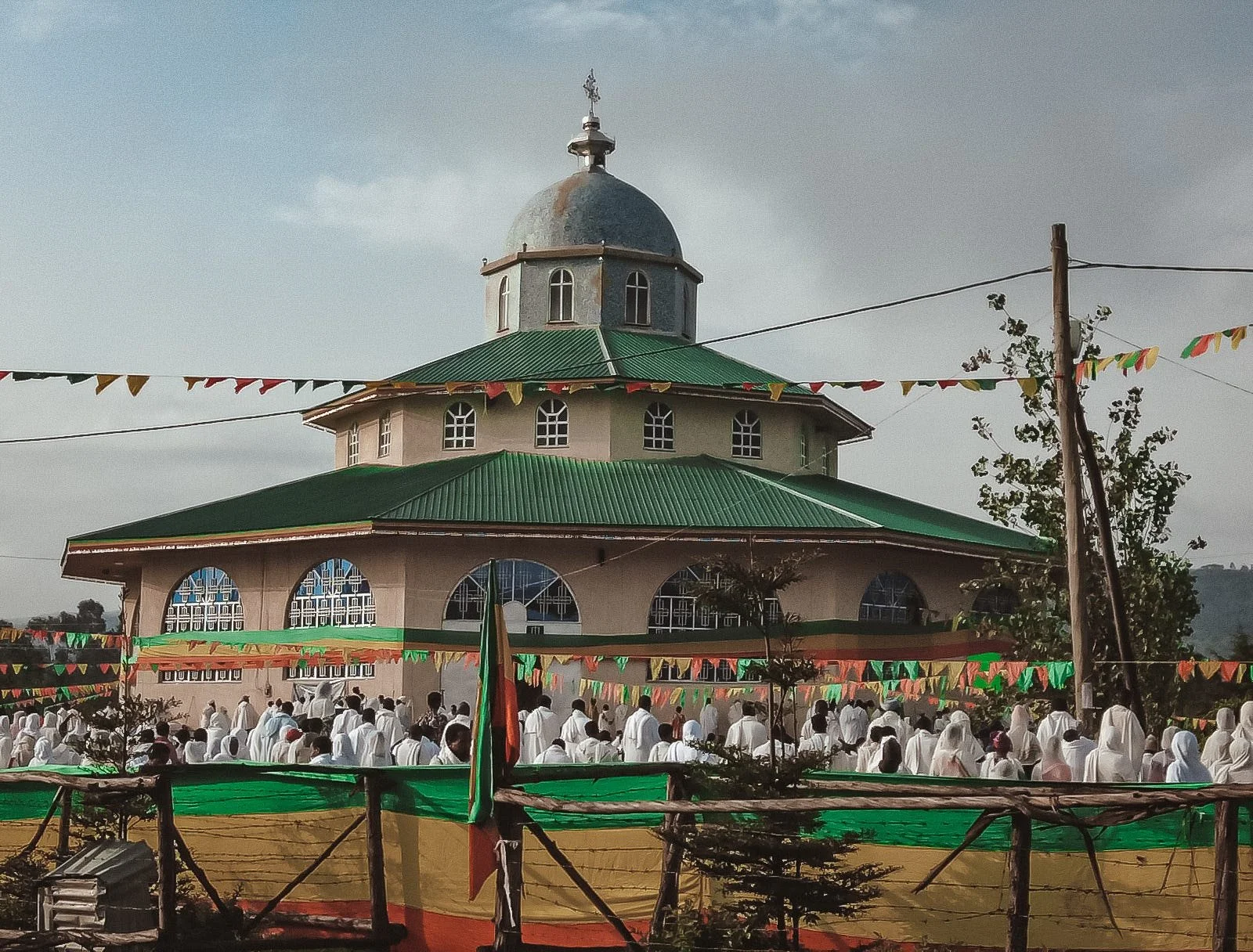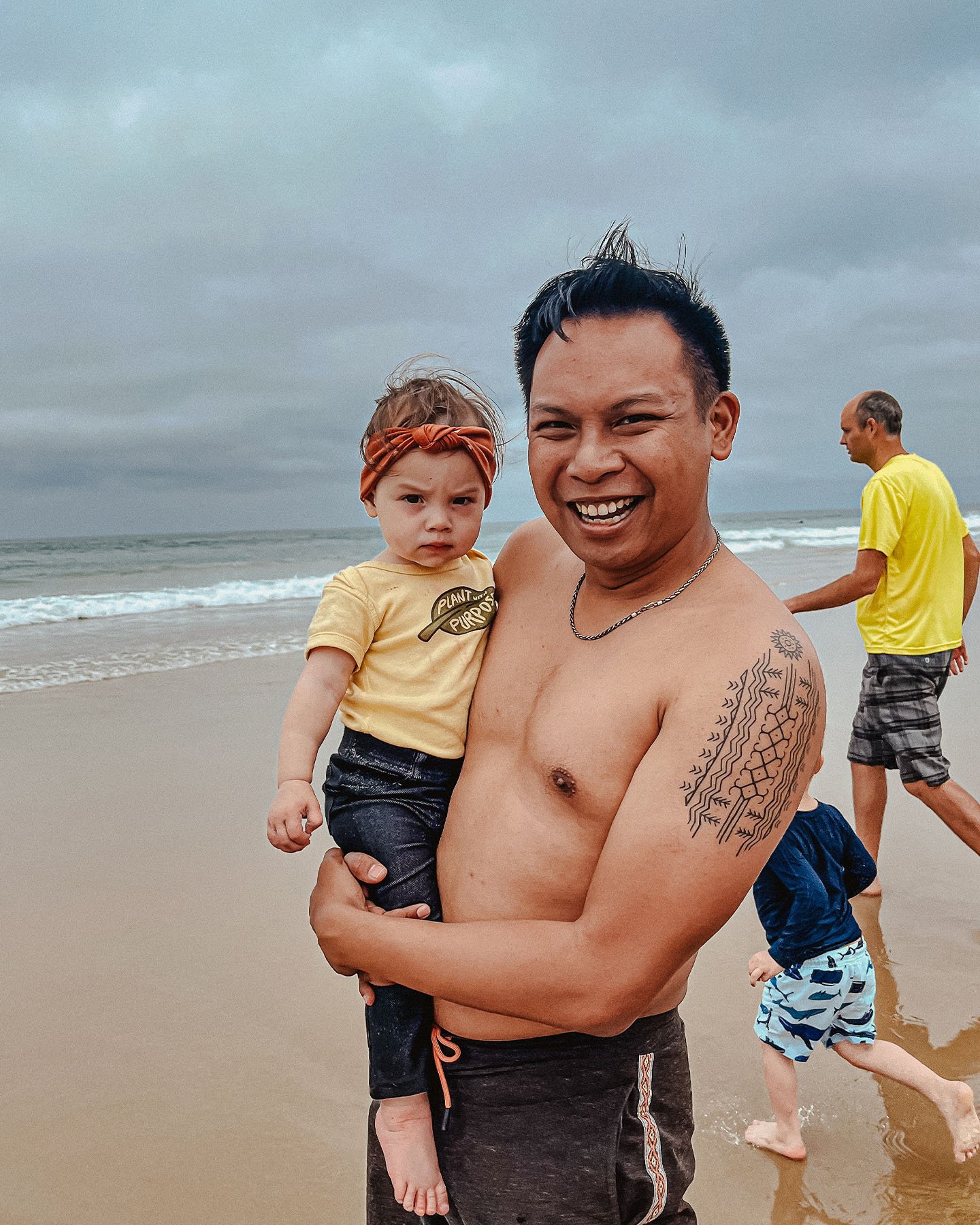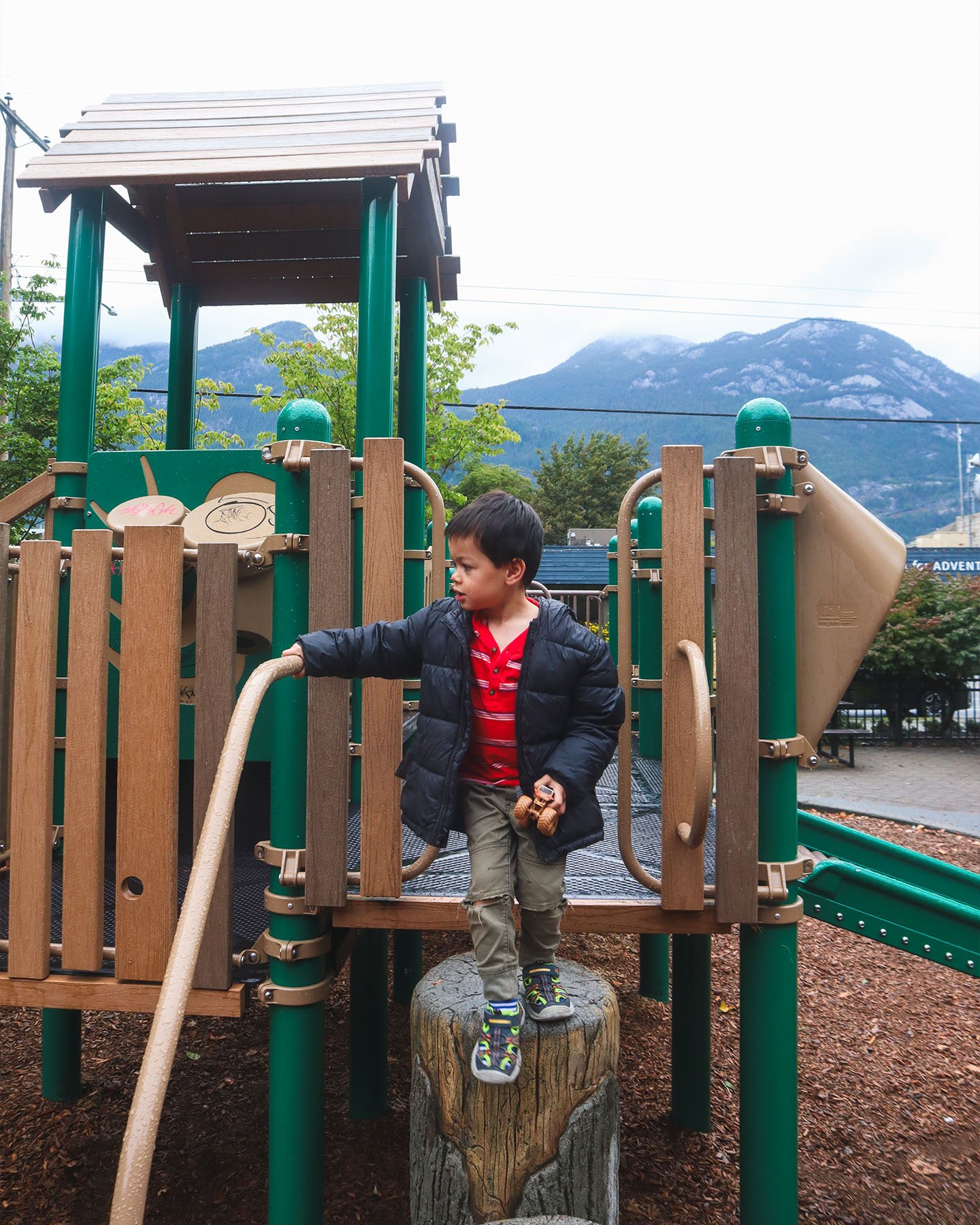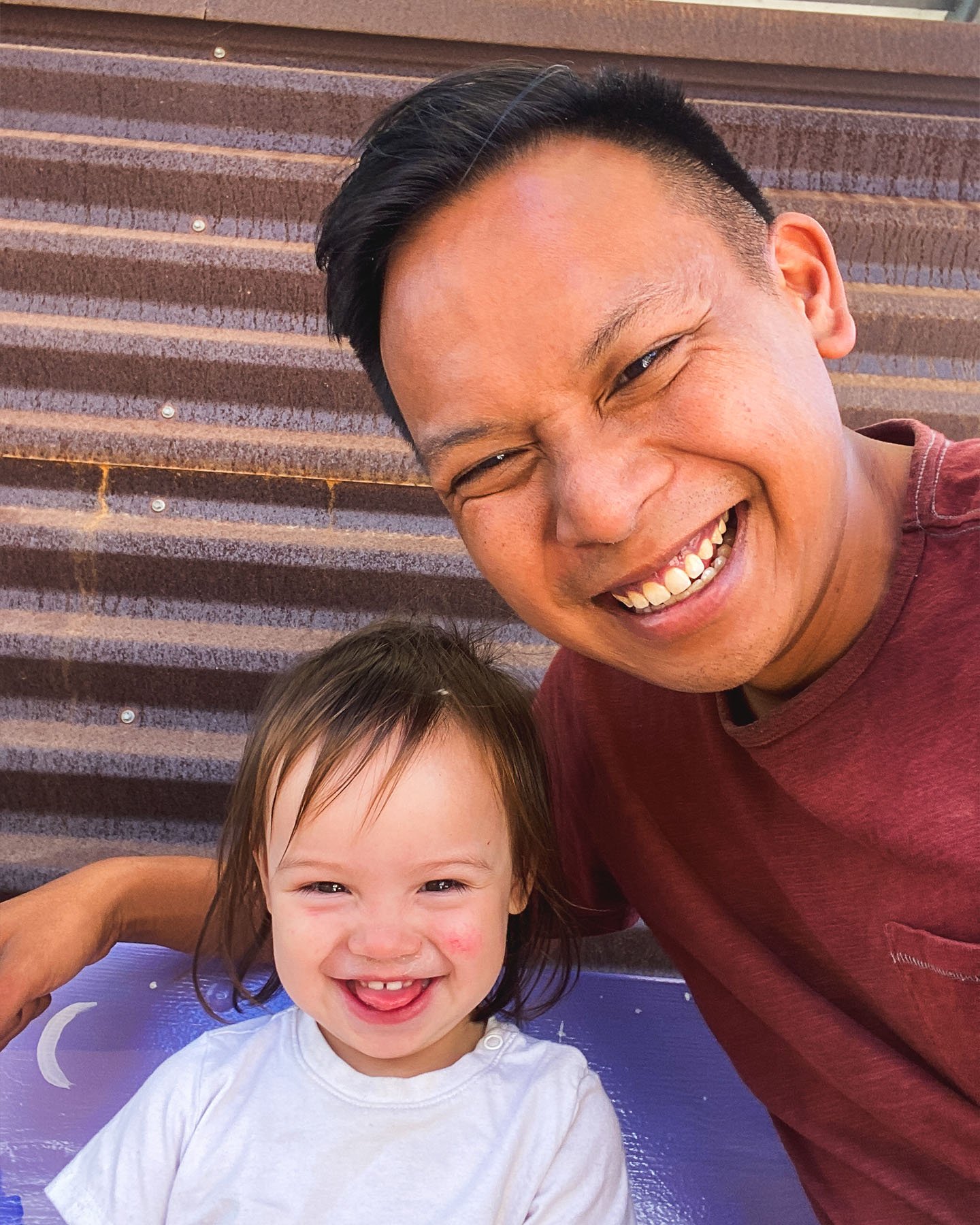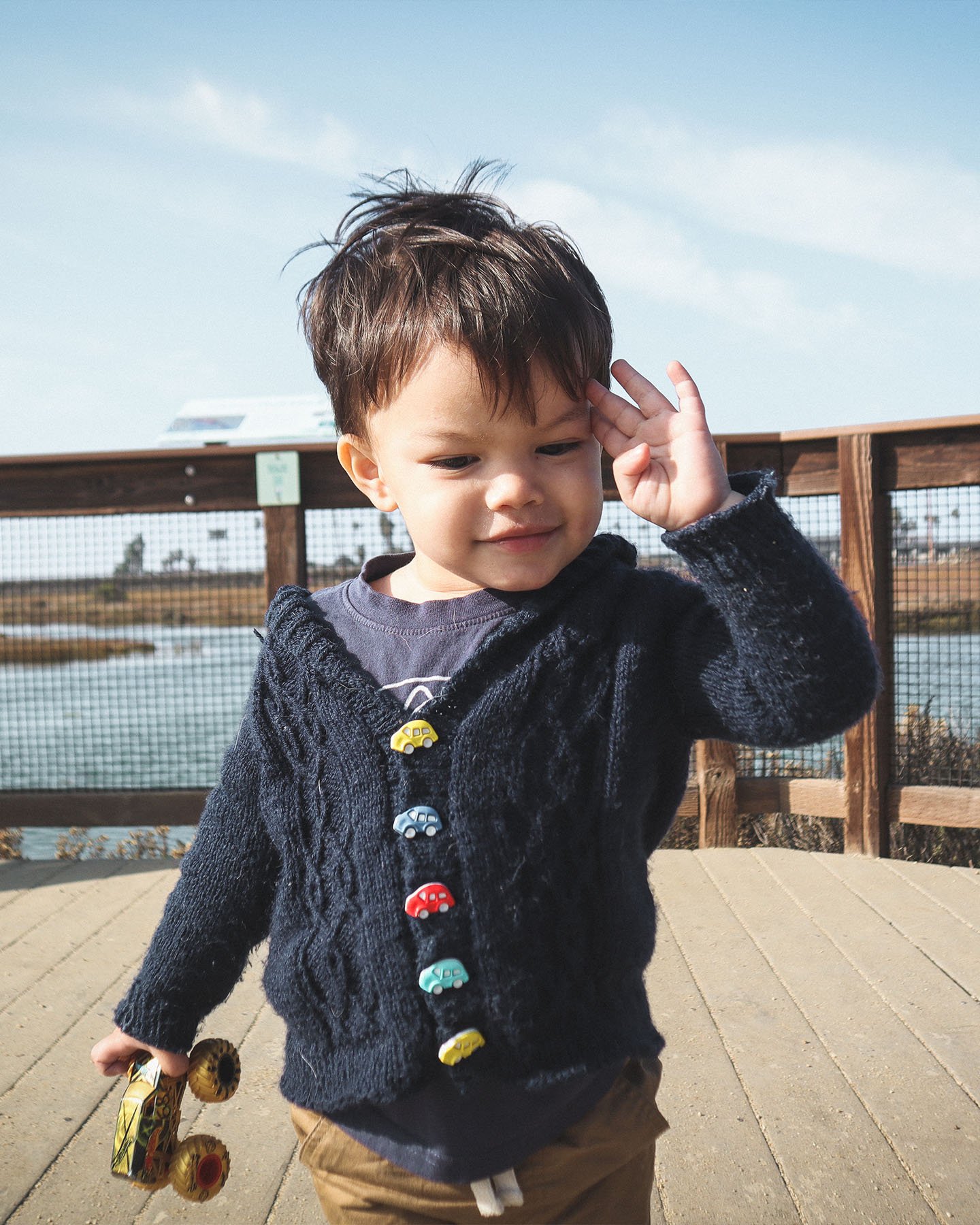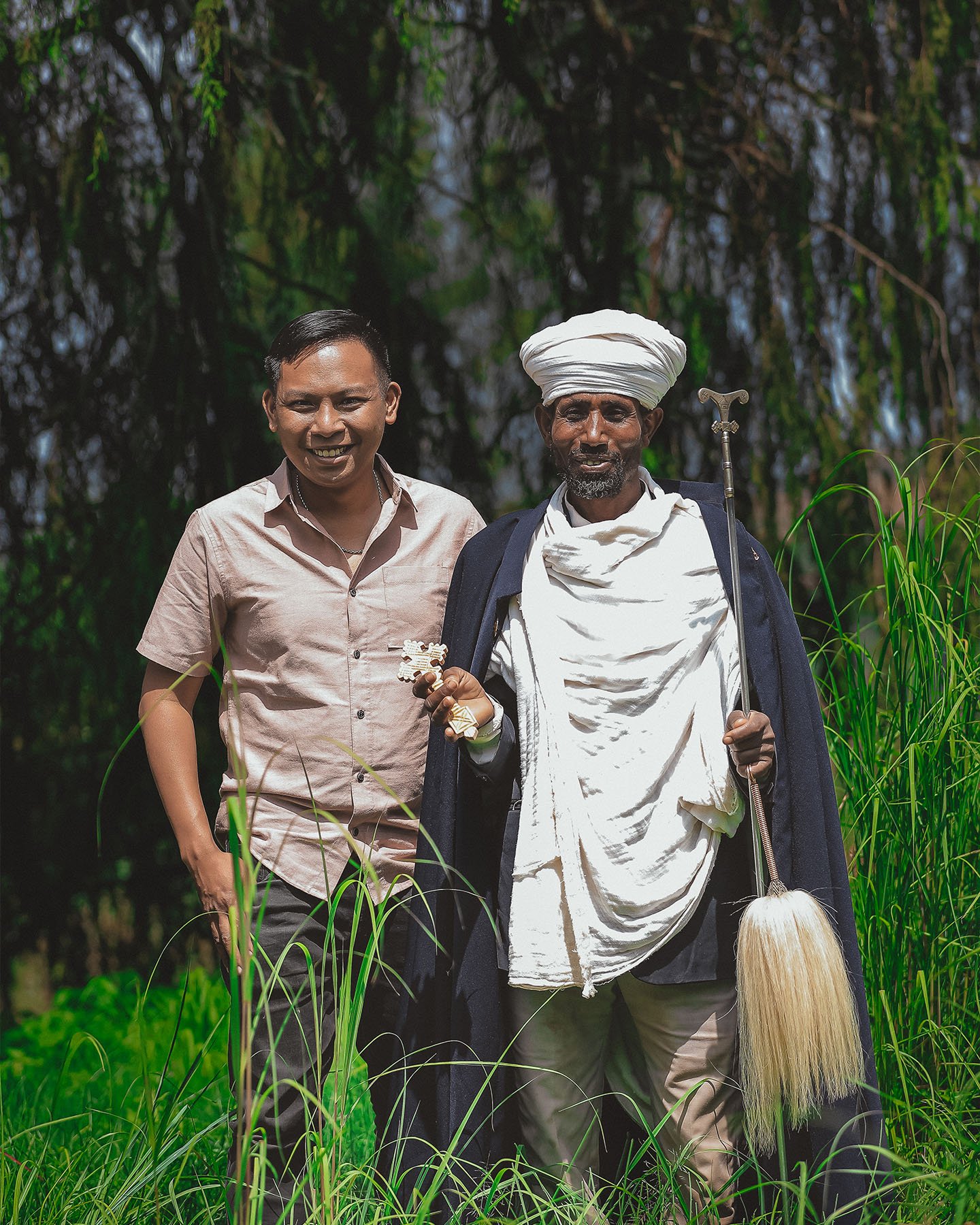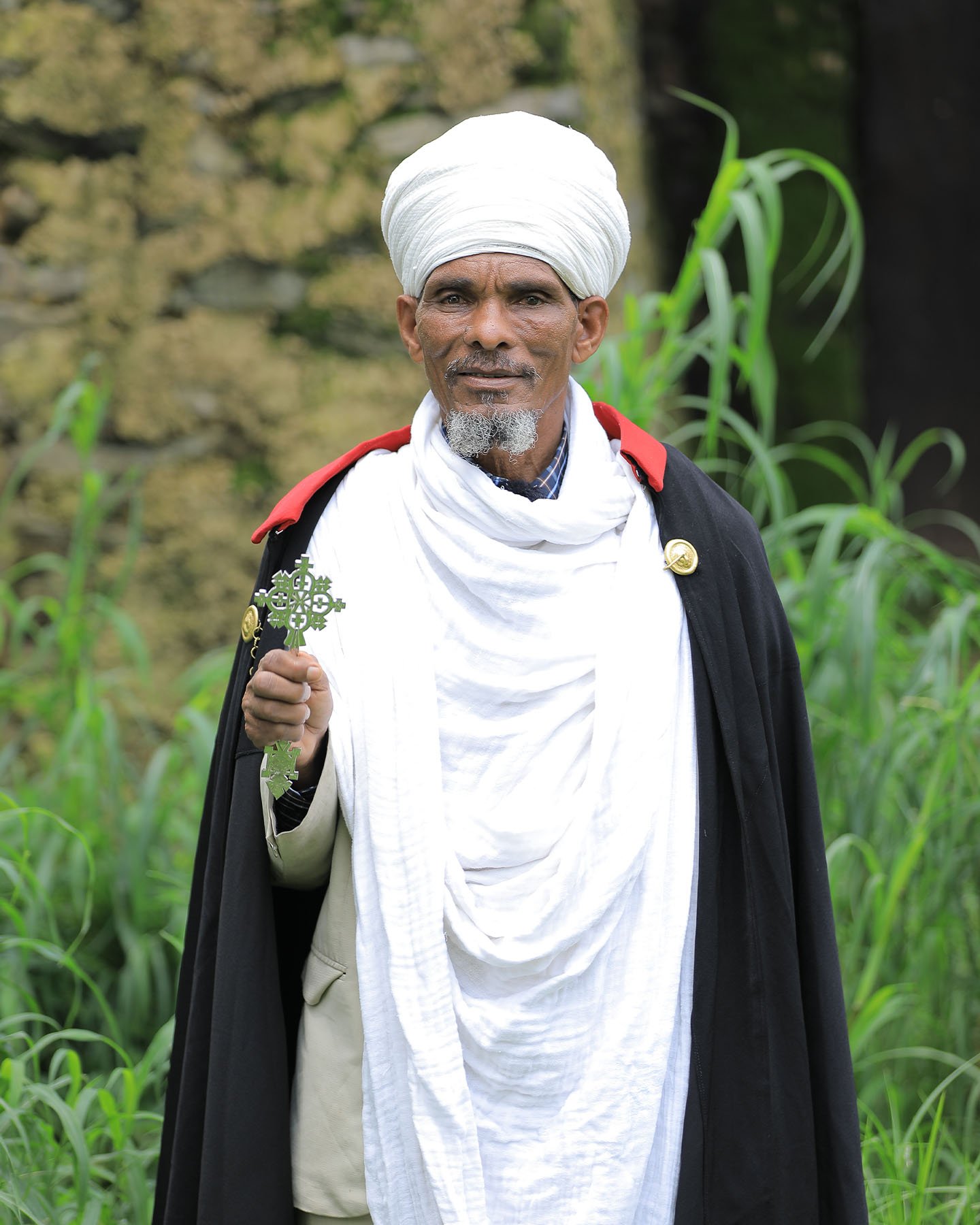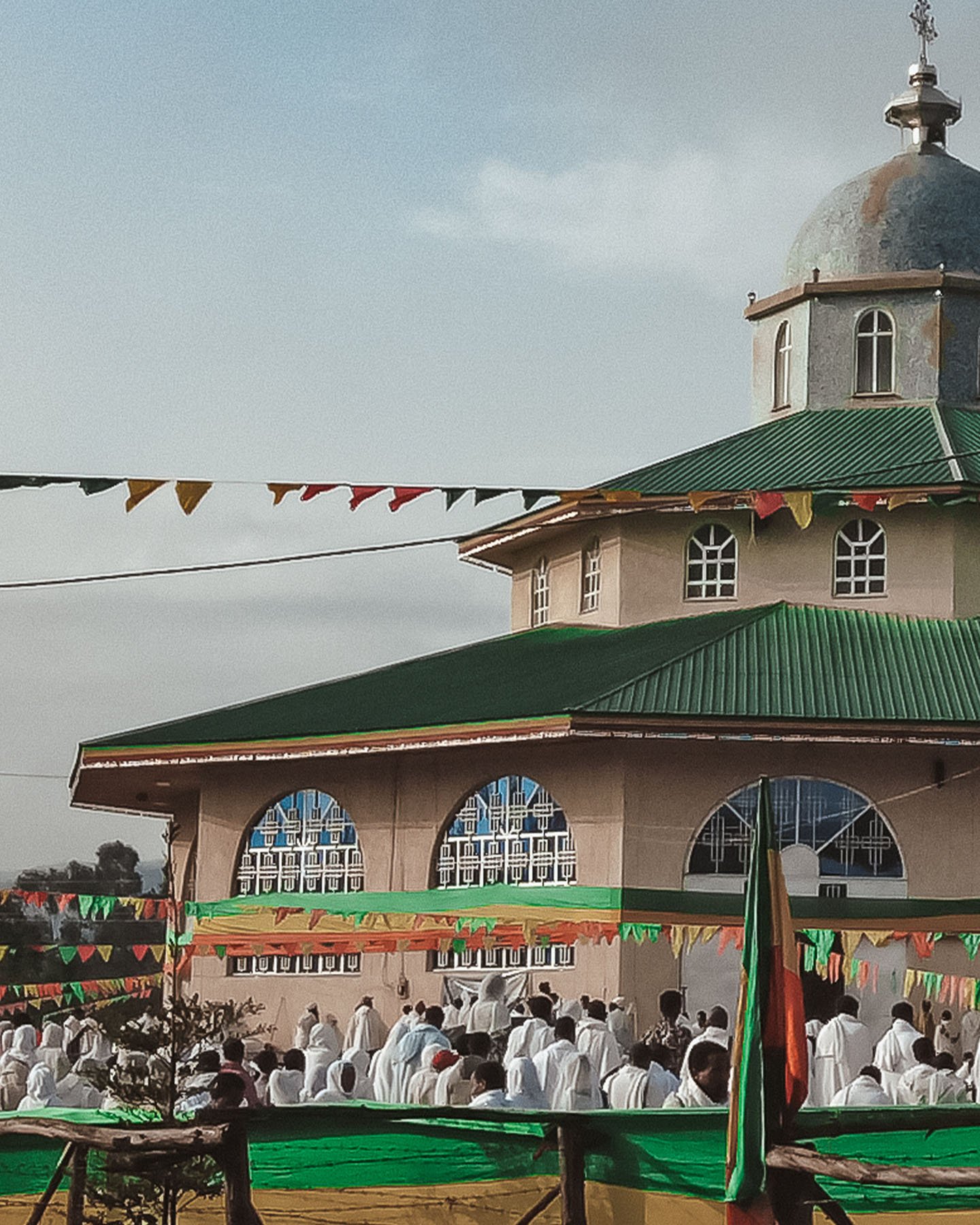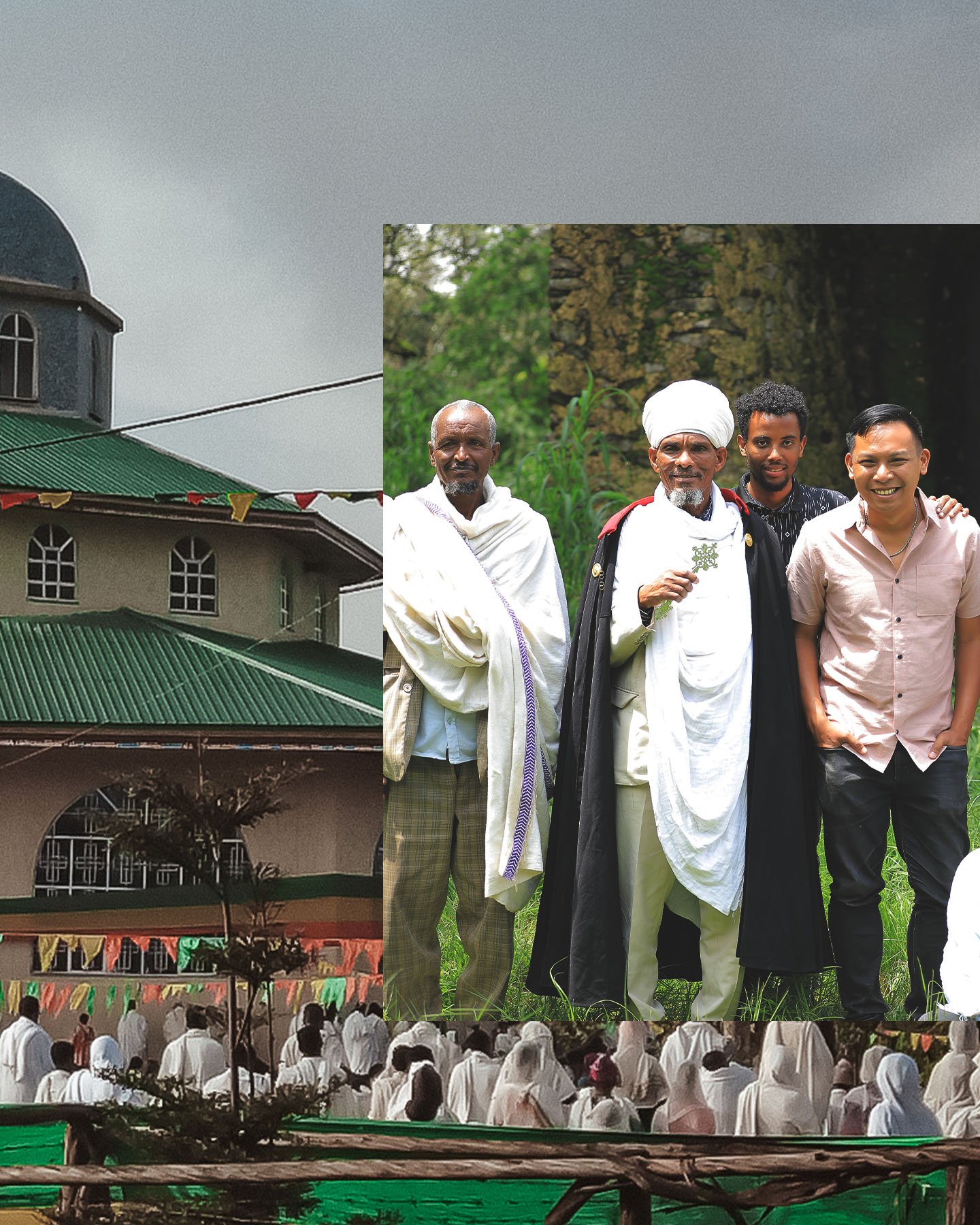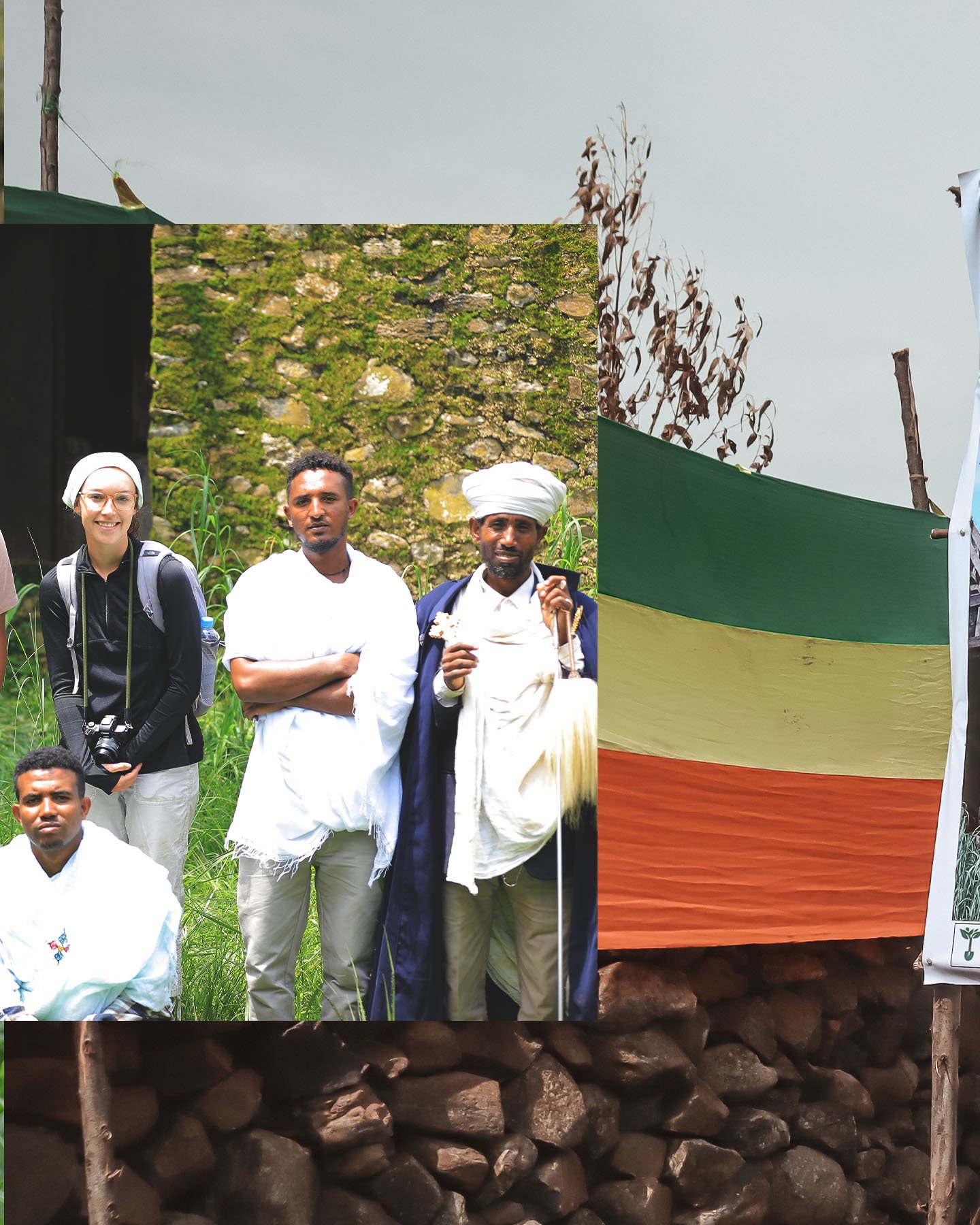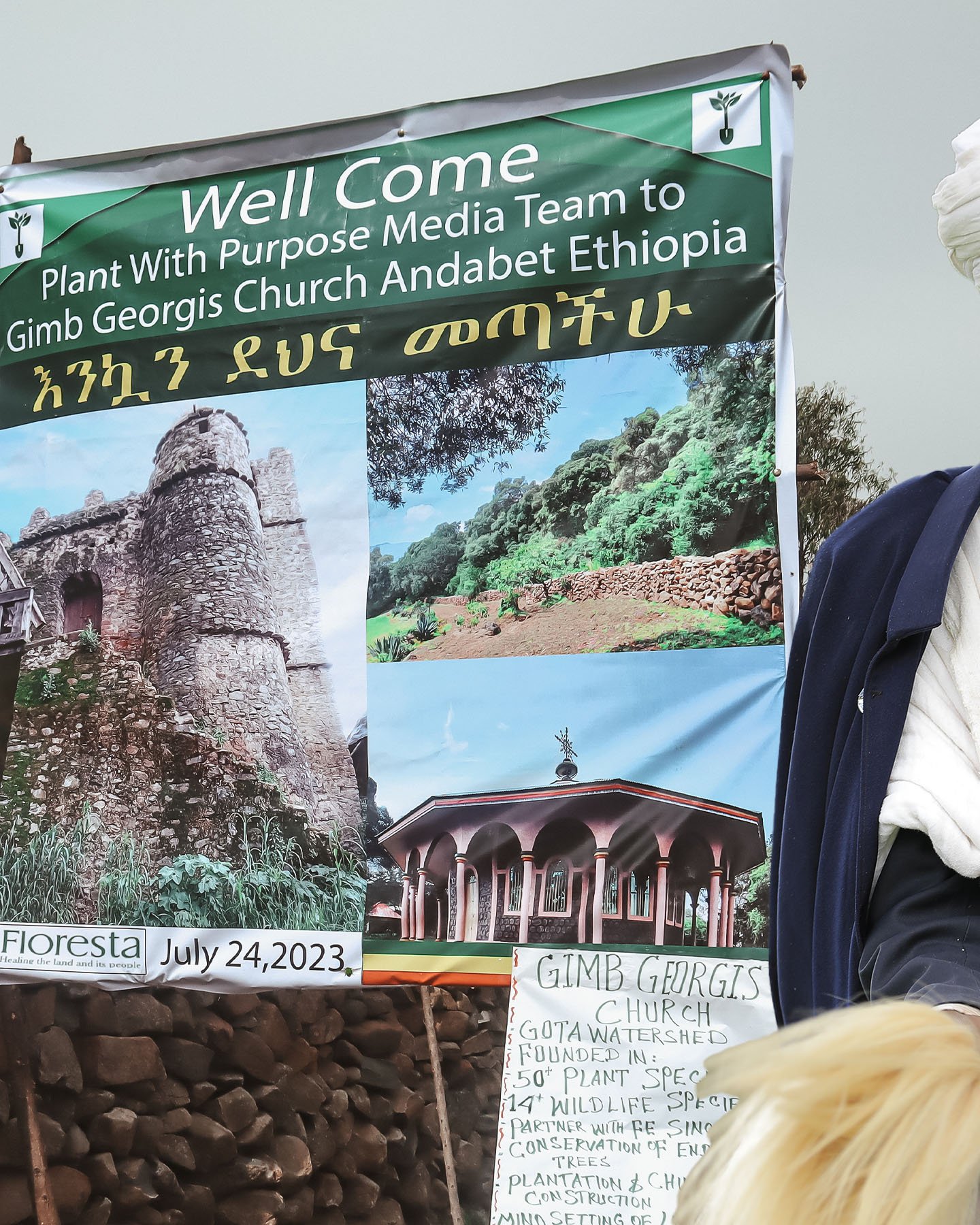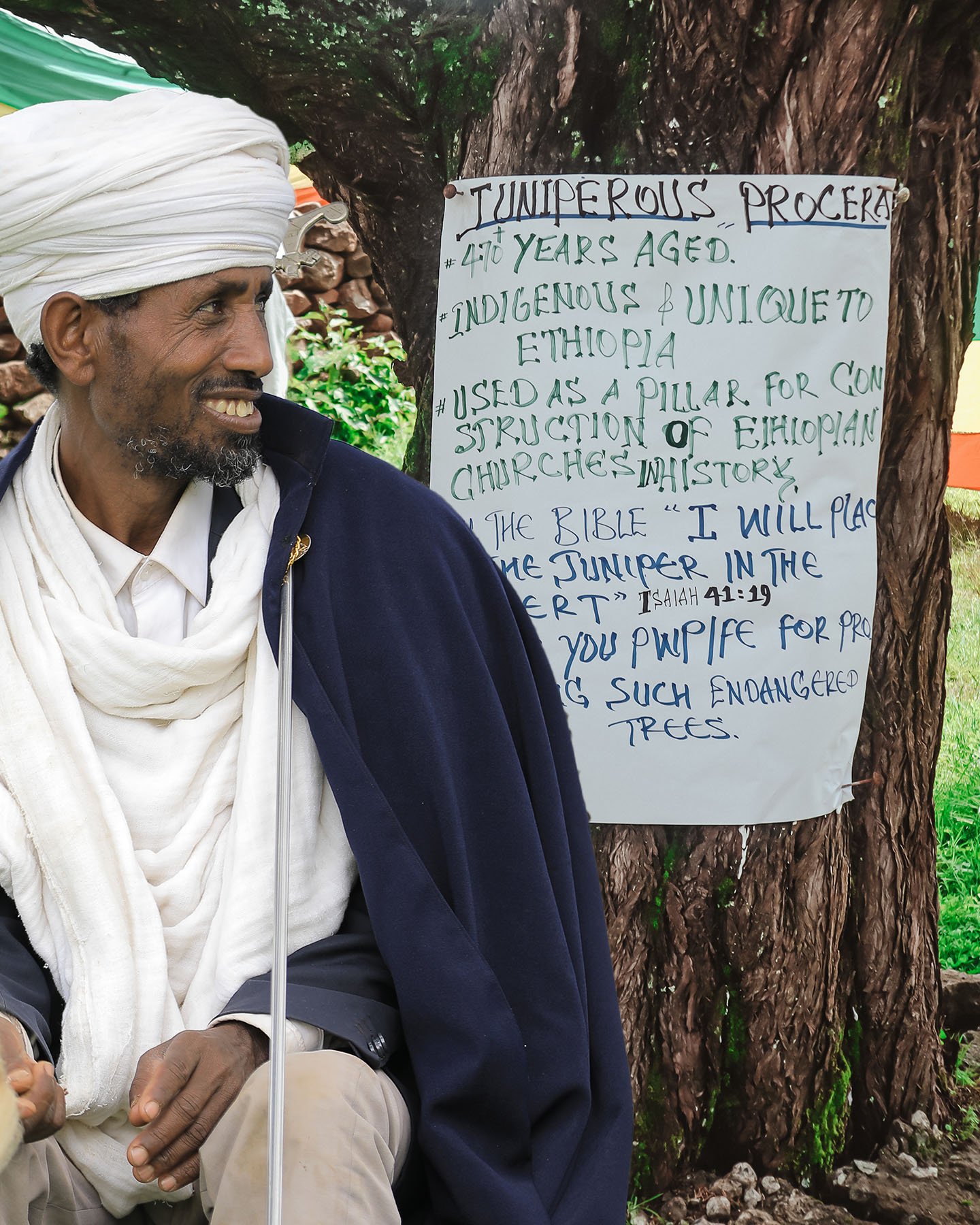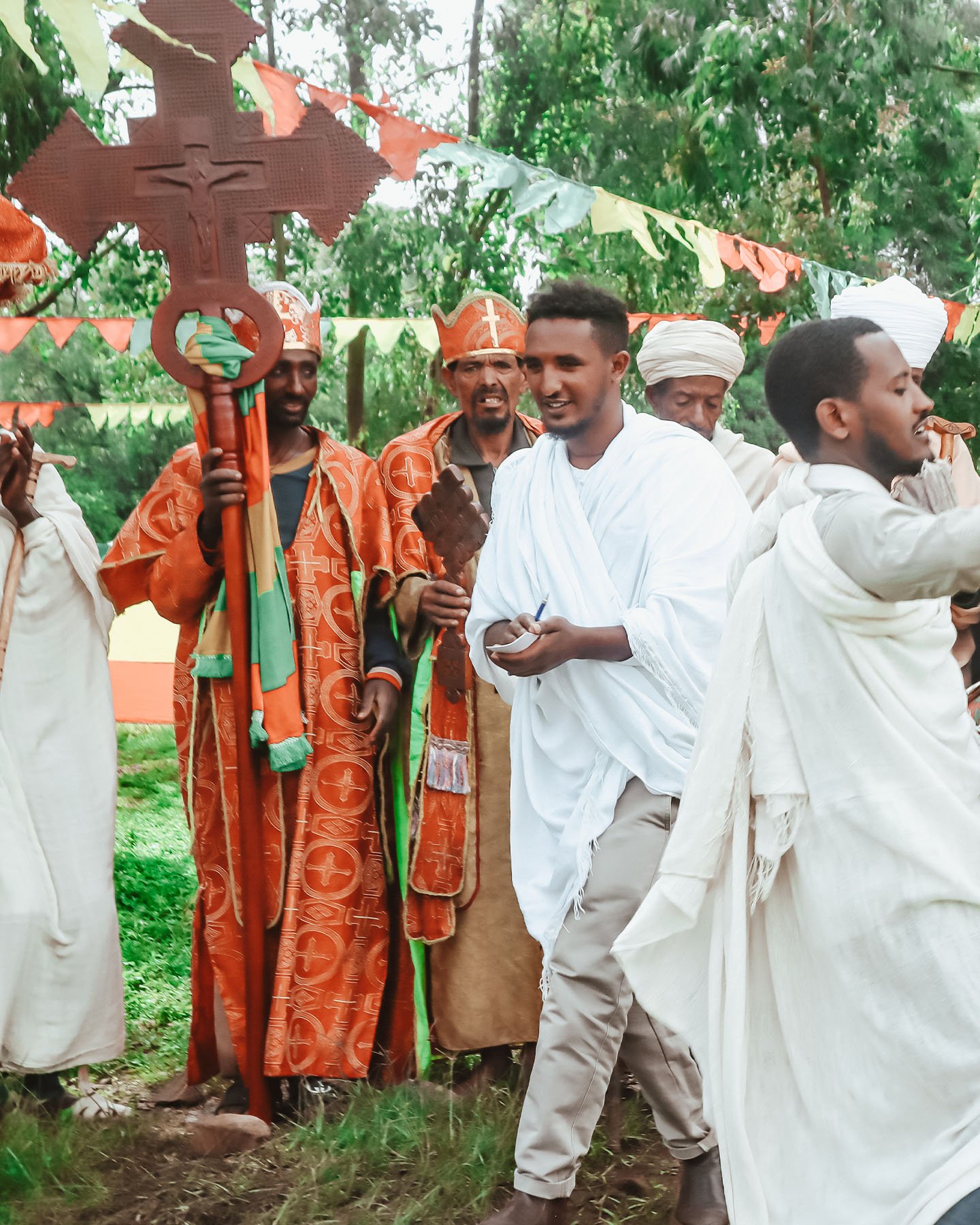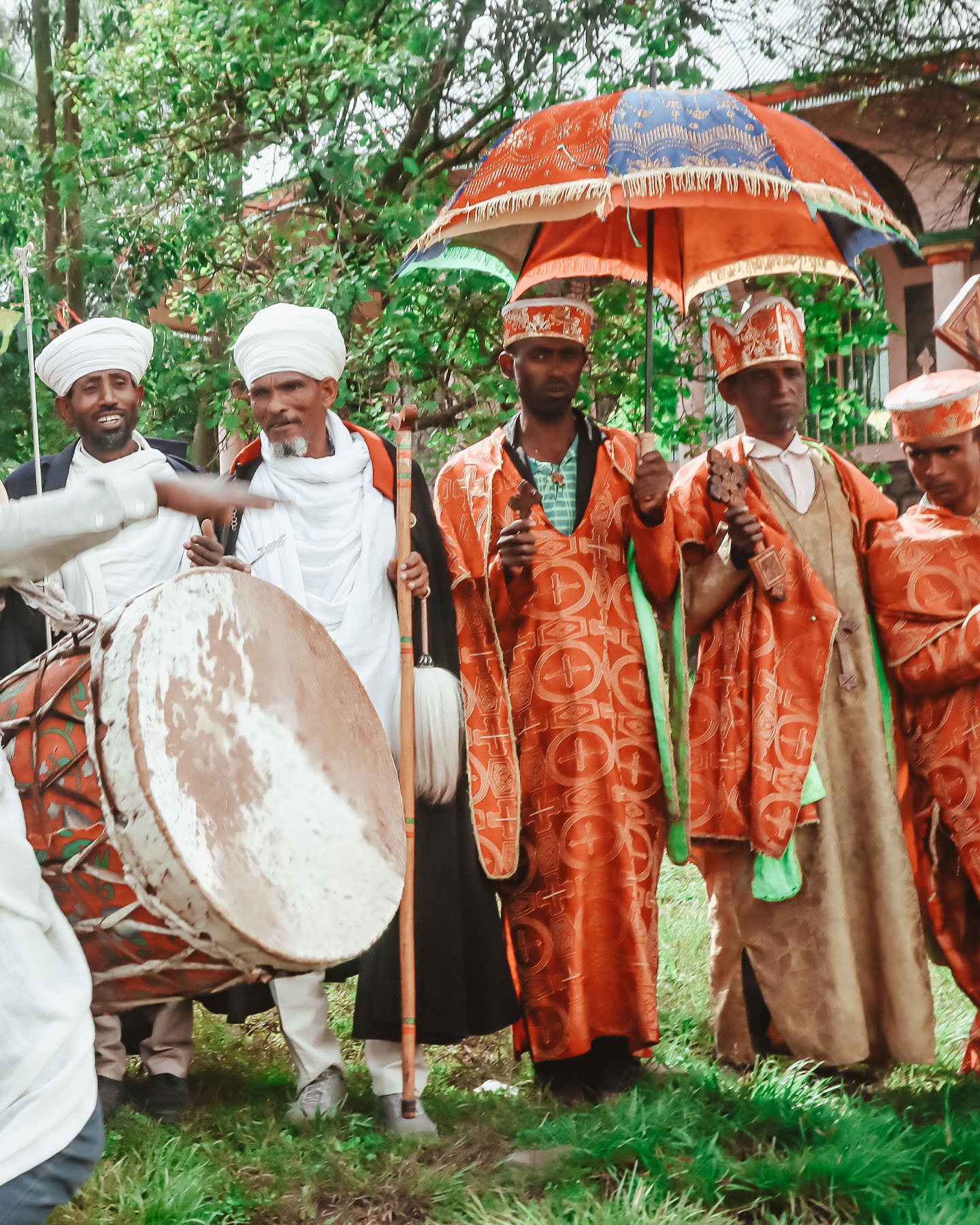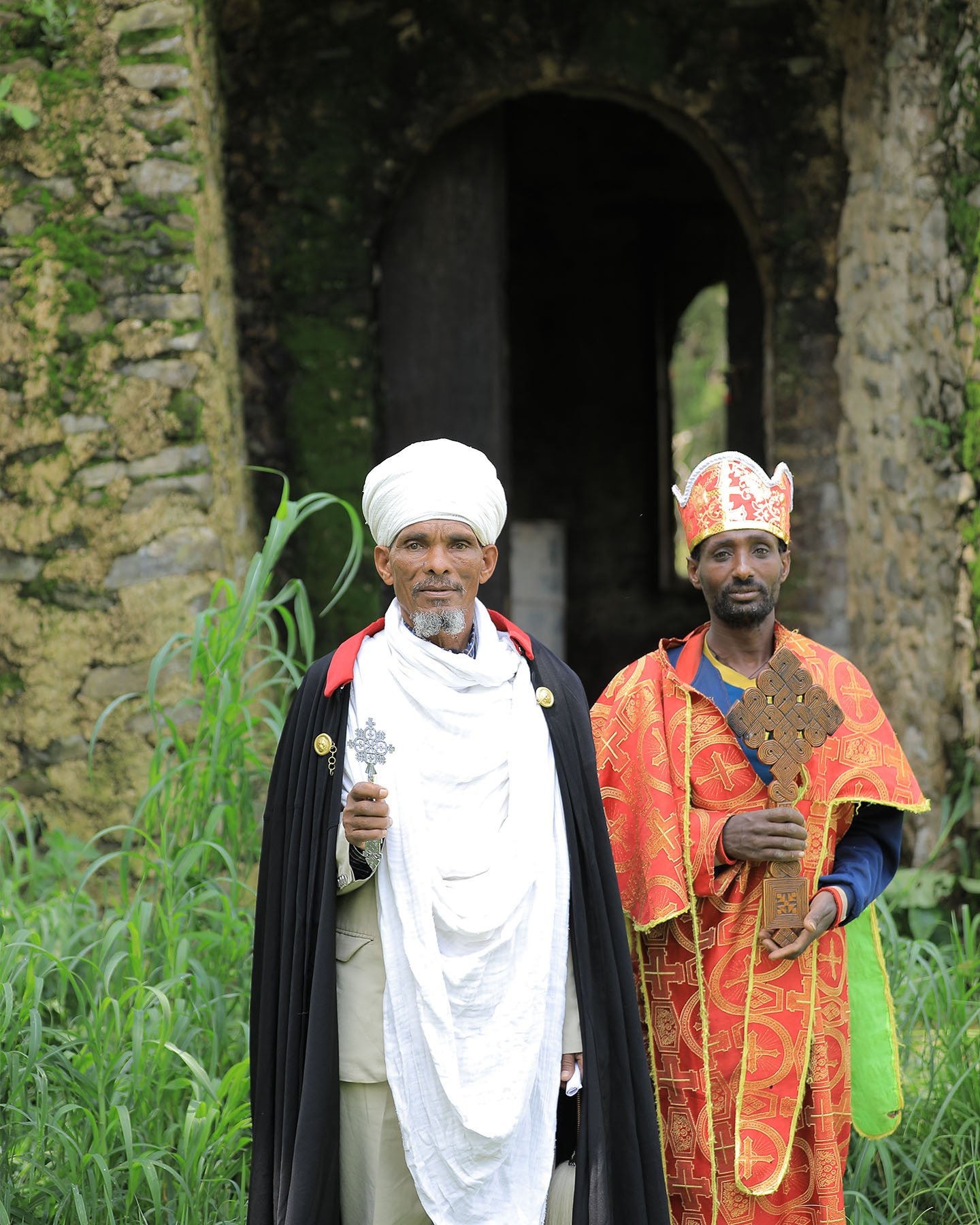2) It’s not about perfectionism.
Another helpful parallel between faith and environmentalism to me has been the understanding that it’s not a matter of perfect behaviors at an individual level. Though both are often presented that way at first glance.
So many people are introduced to faith and spirituality through a system of moral codes. Especially when you encounter it young and developing a more clear sense of right and wrong is helpful. Likewise, so many people are introduced to environmental action this way too.
There are certain behaviors that are good for the environment and some that are bad for the environment, and you ultimately want to be on Captain Planet’s team when the reckoning comes.
As you mature, you realize that it’s more sophisticated than that. Our environmental and moral choices are limited by the broader framework of what we’re born into. It’s hard to say our individual choices are morally correct when they take place in an economy and society built off of exploitation. It’s also virtually impossible to live a lifestyle that altogether lacks an environmental footprint.
And ultimately, even if we do get to the point of a really impressive individual report card, what’s the point? If the broad level, systemic stuff is unsolved, people and other living things will still suffer.
I’ve found growth… both spiritual growth and effectiveness as an environmental advocate, to not focus on doing everything picture perfect, but to instead be conscious of how my actions are affecting other people. It’s not an excuse to abandon all efforts to do better at an individual level, but an invitation to make sure that’s connected to a higher level of restoration.
Ultimately, I’ve found that asserting unrealistic standards of perfectionism is detrimental to both people’s spiritual growth and environmental behavior.
